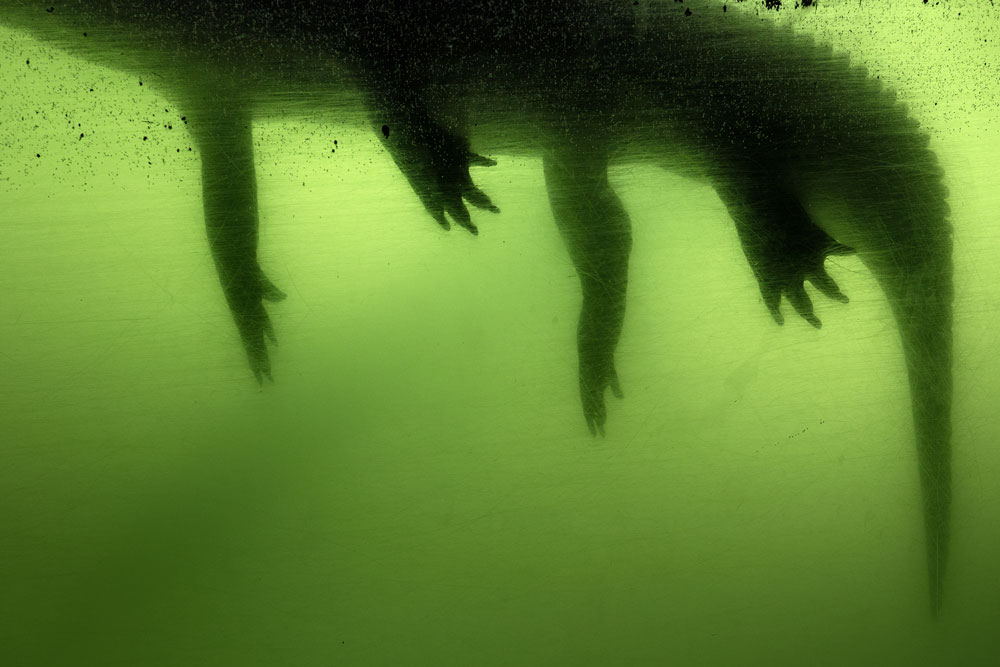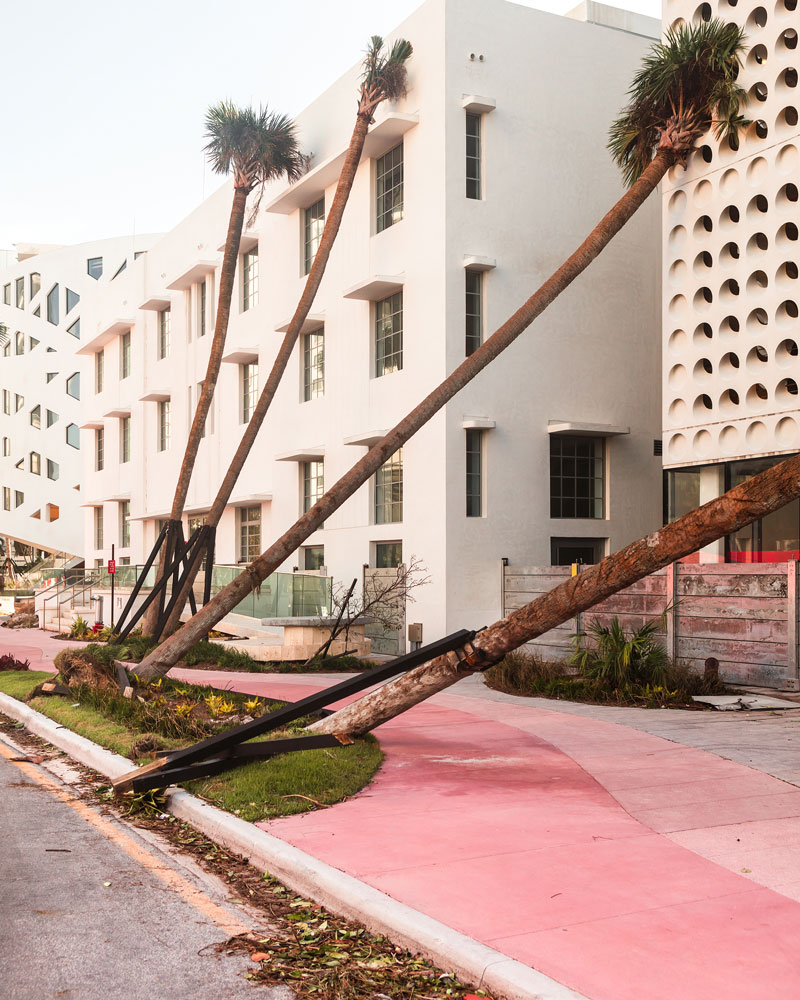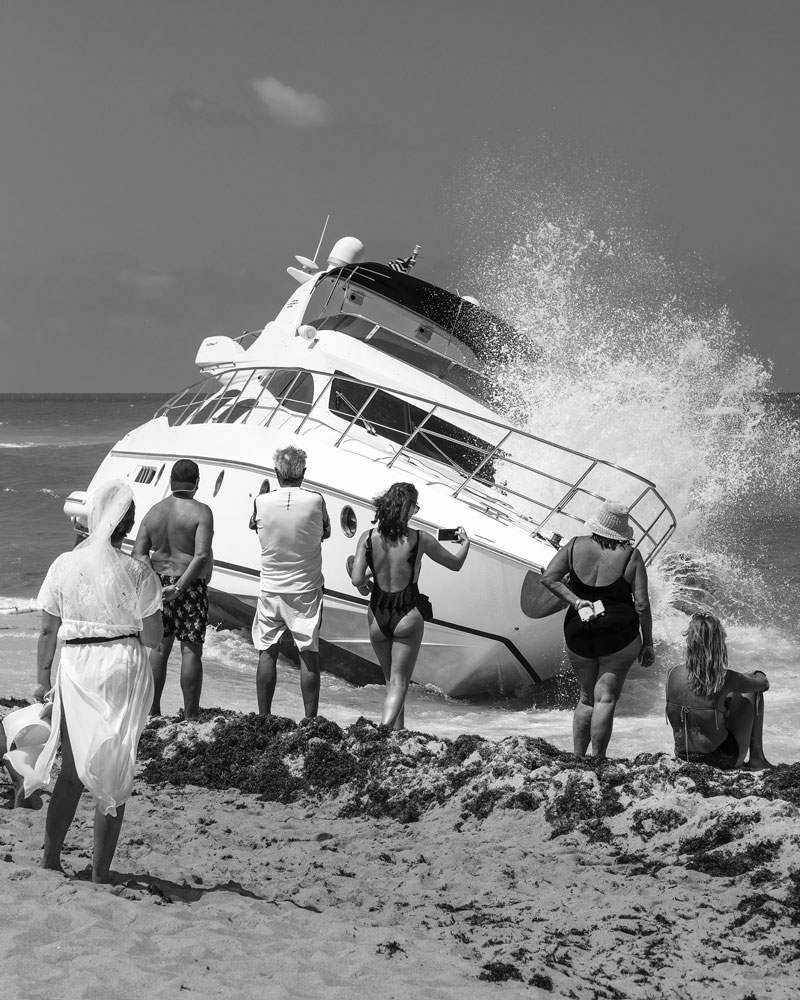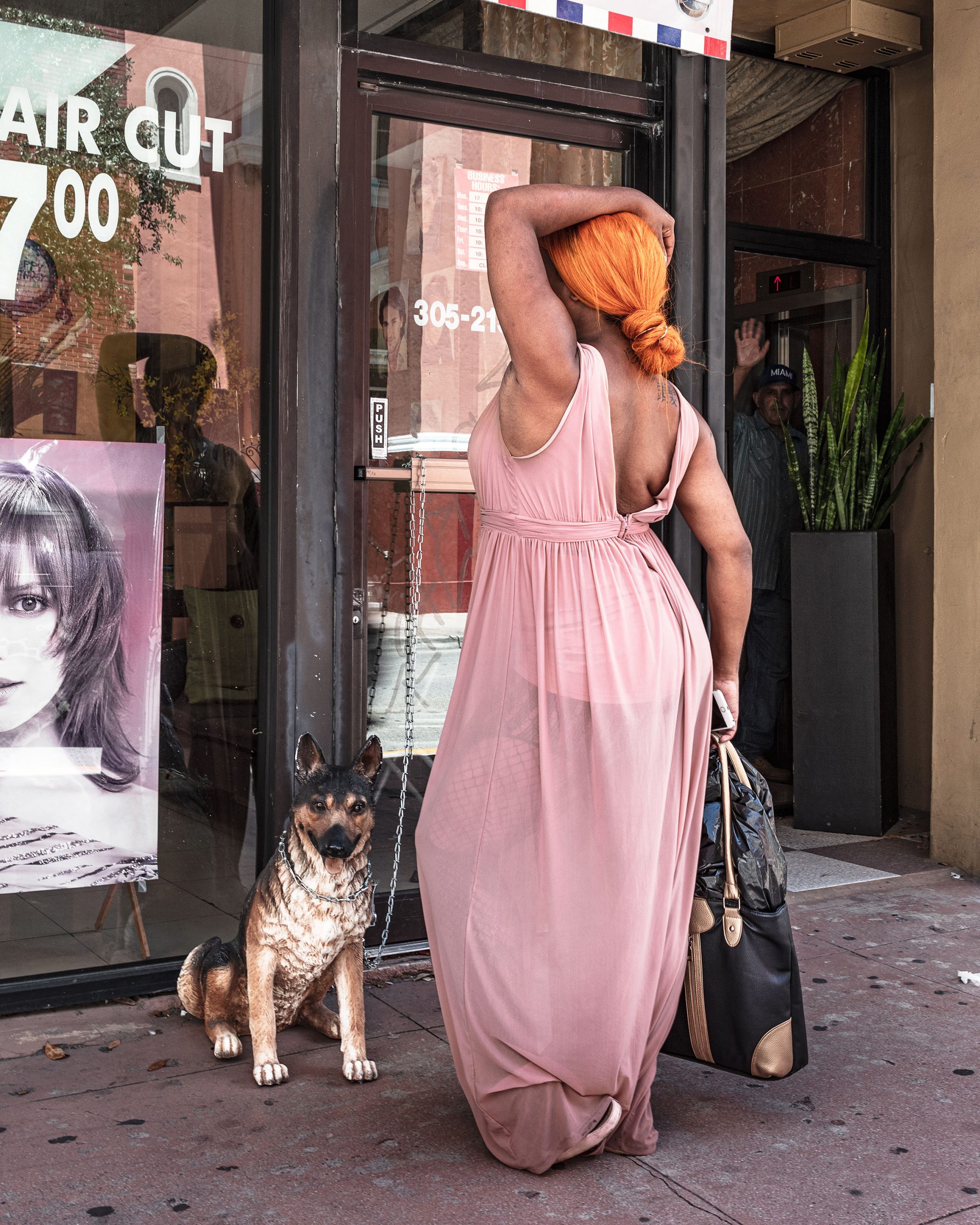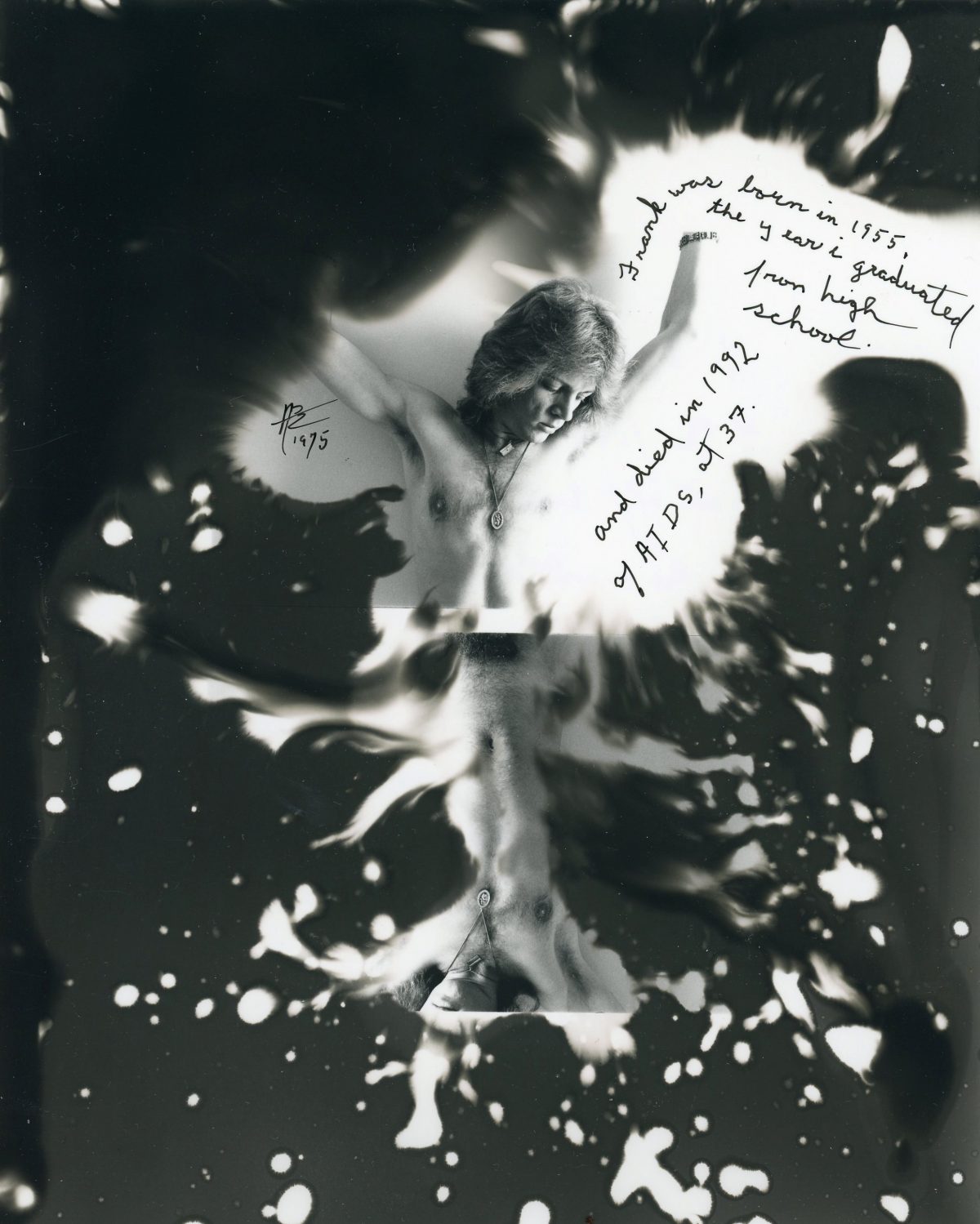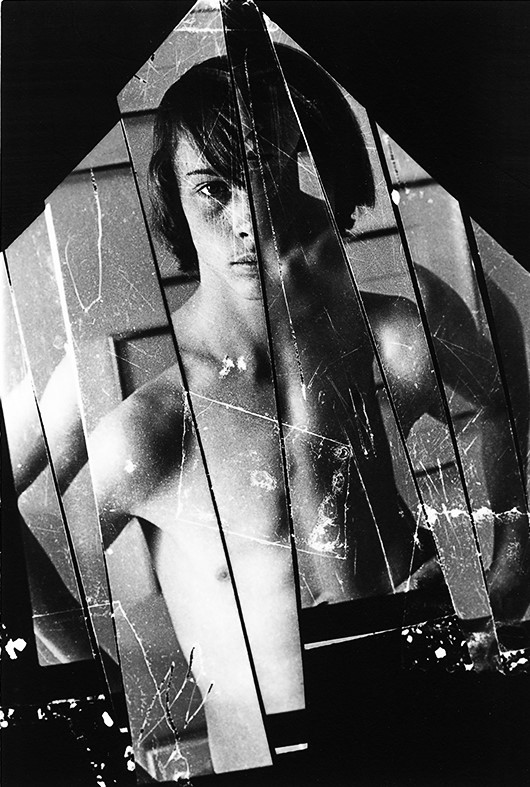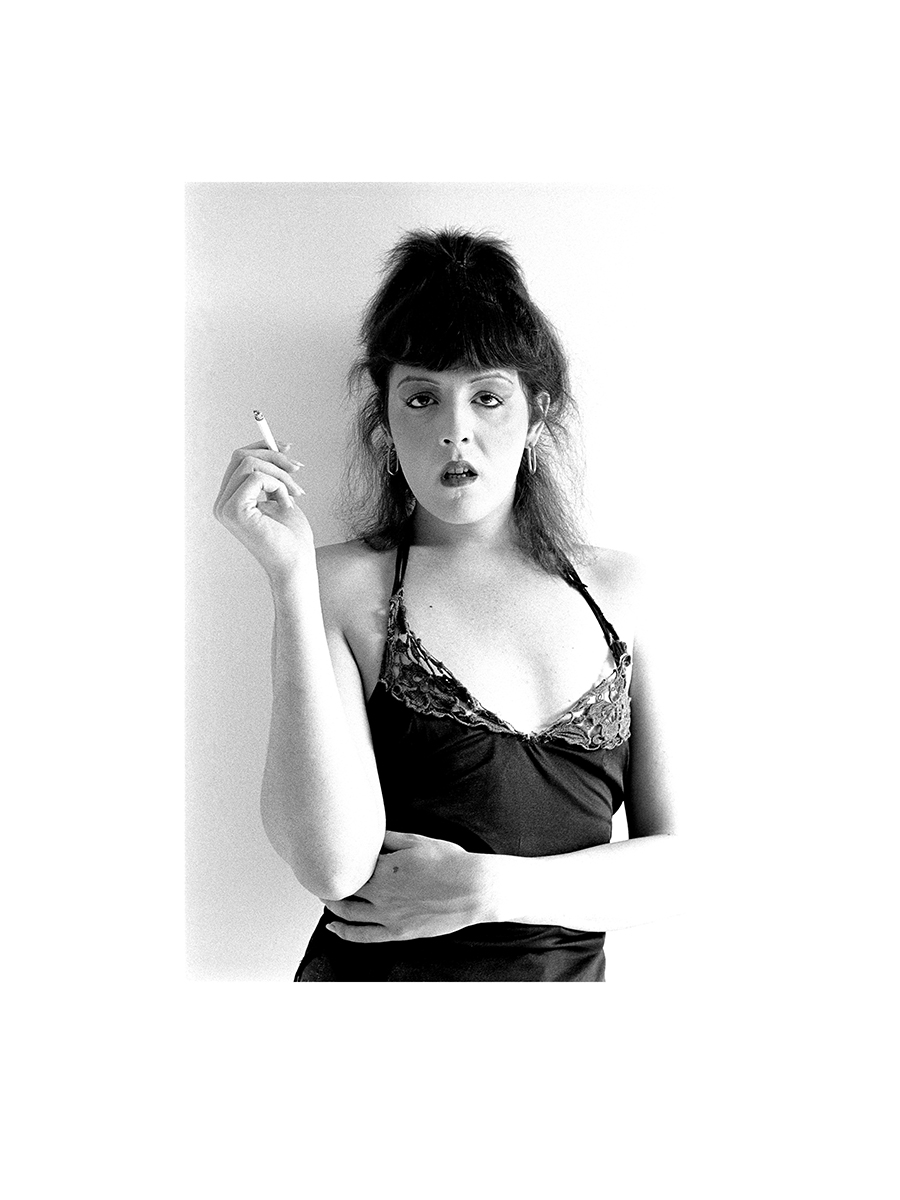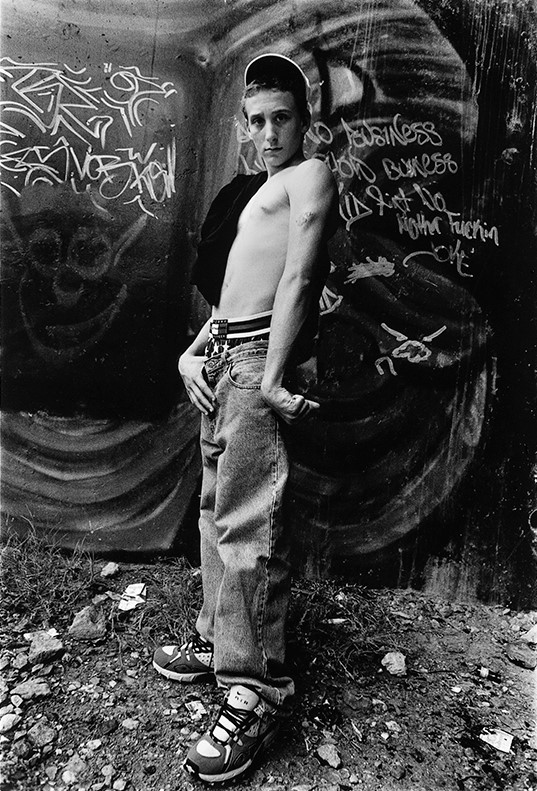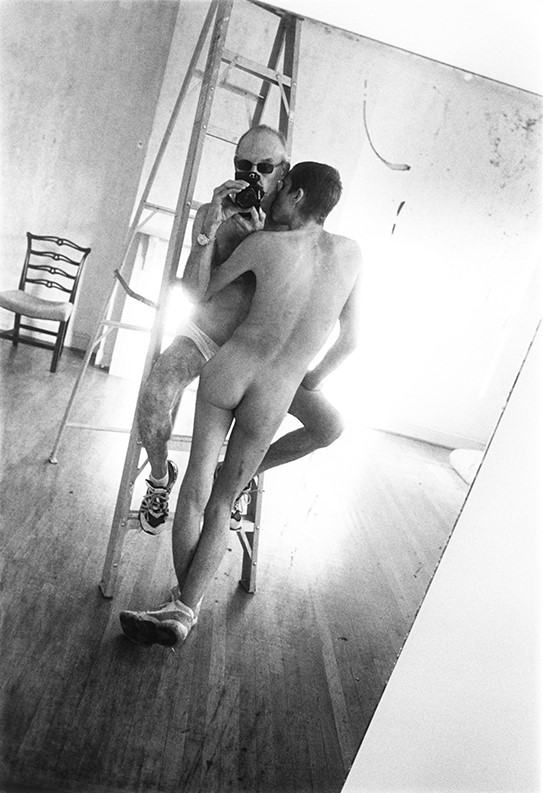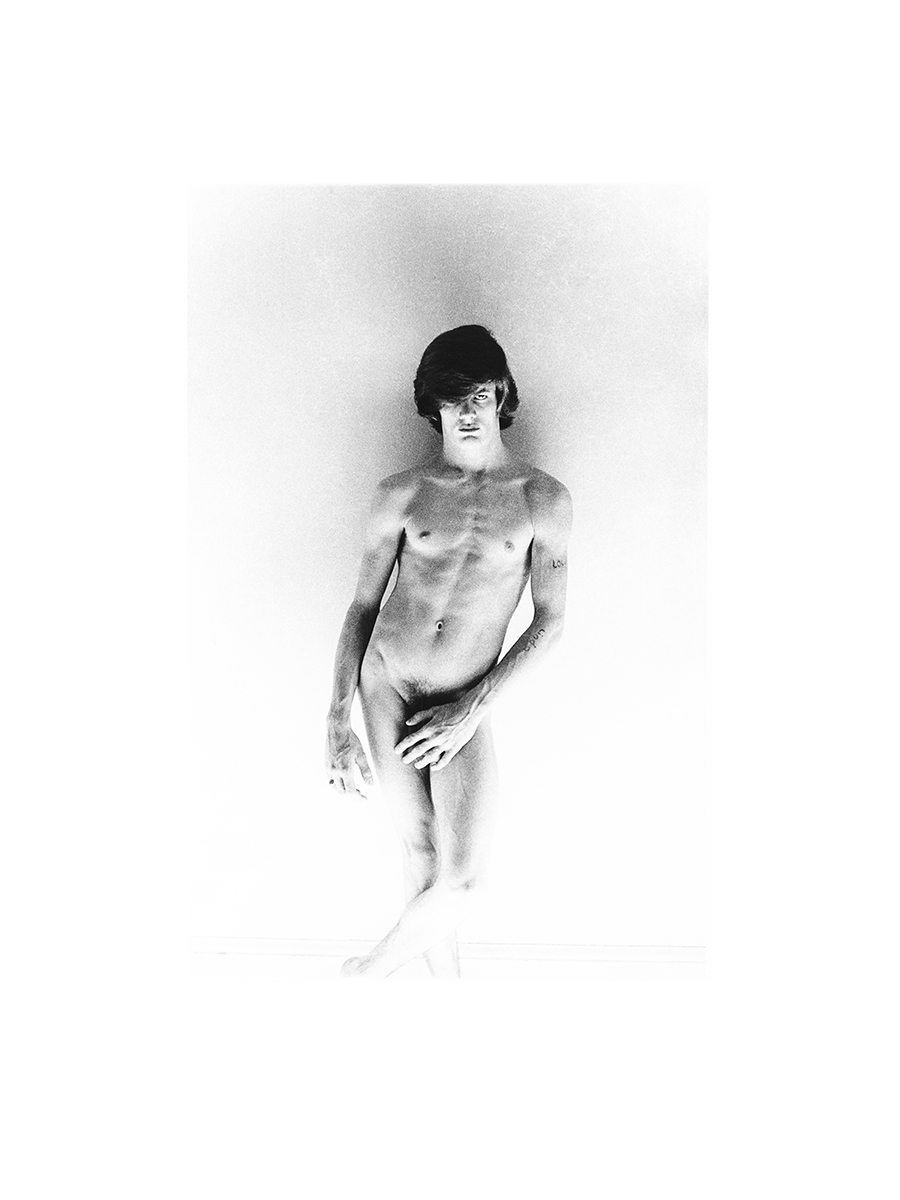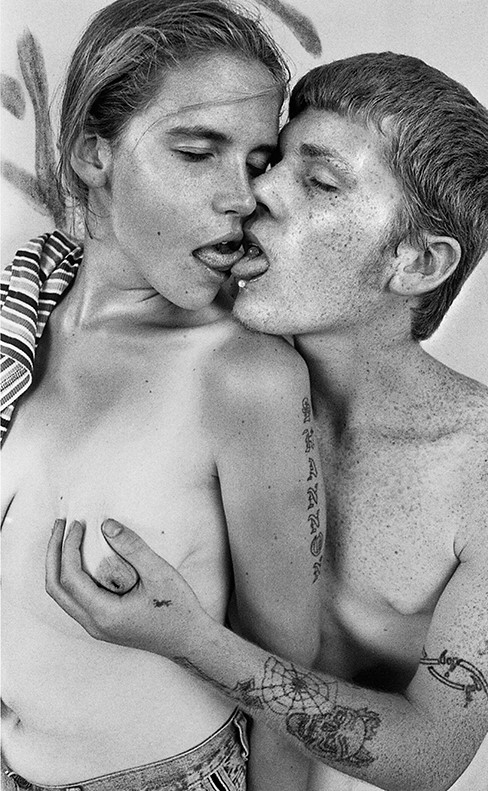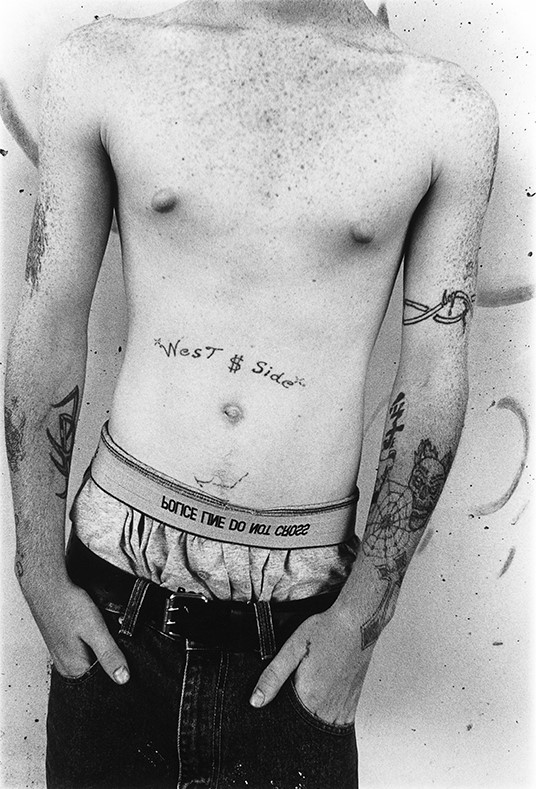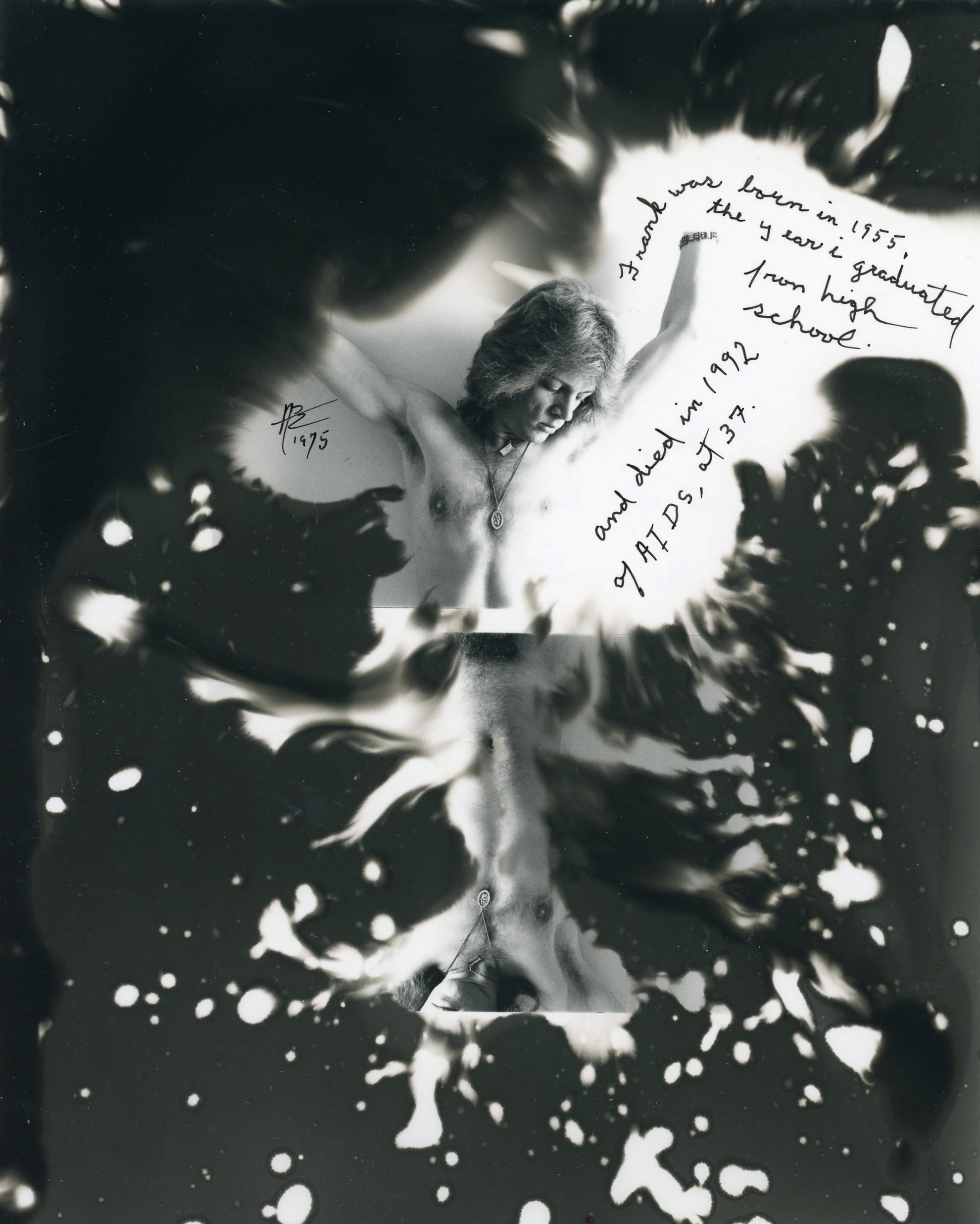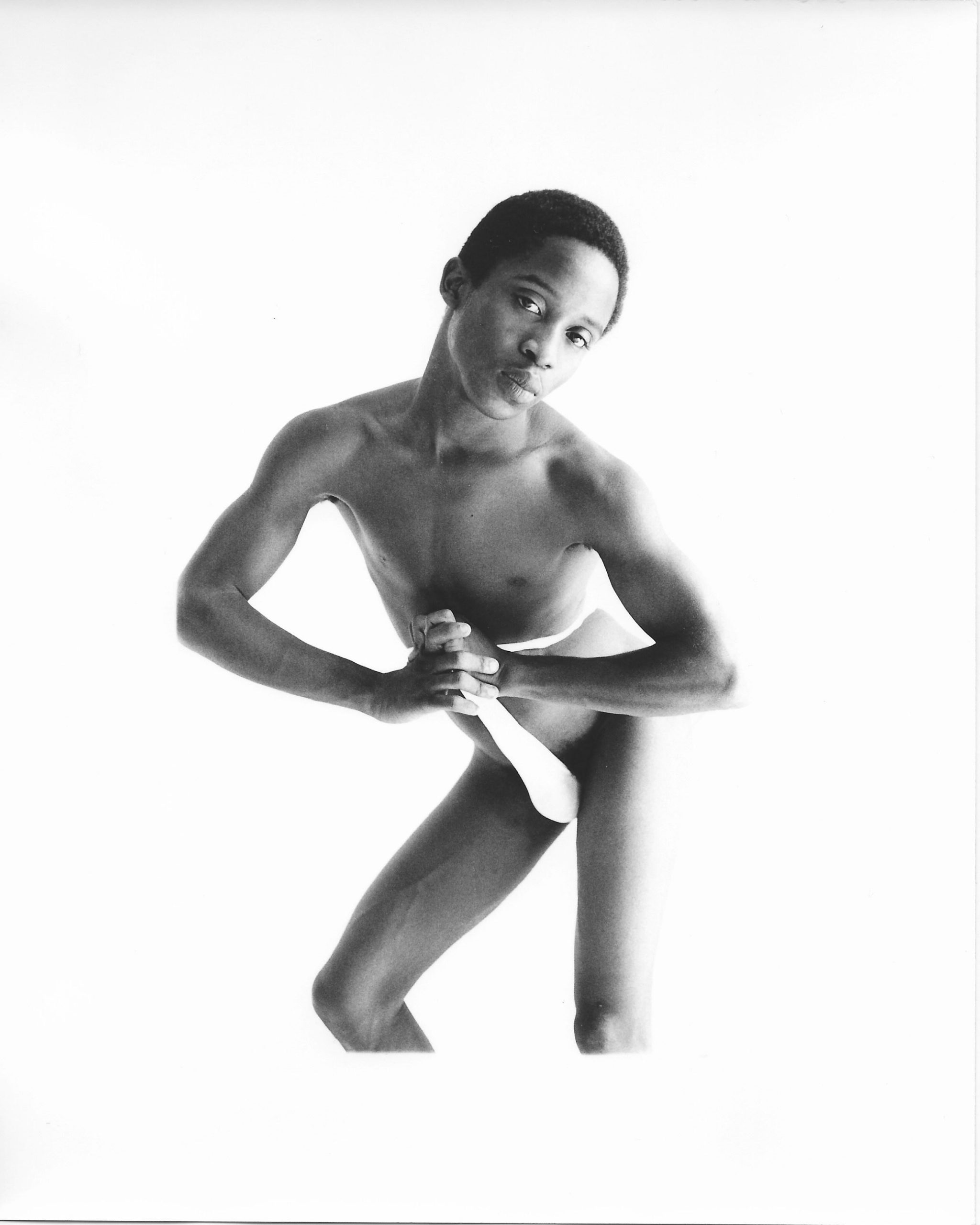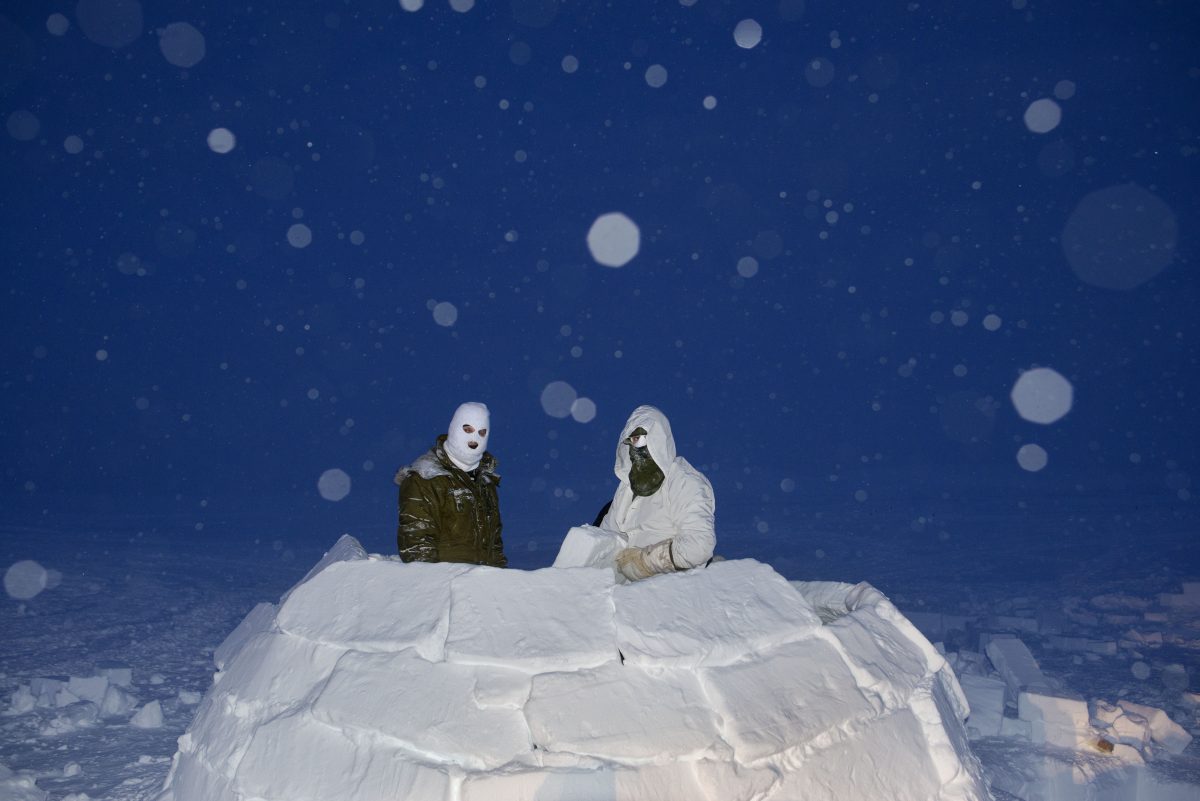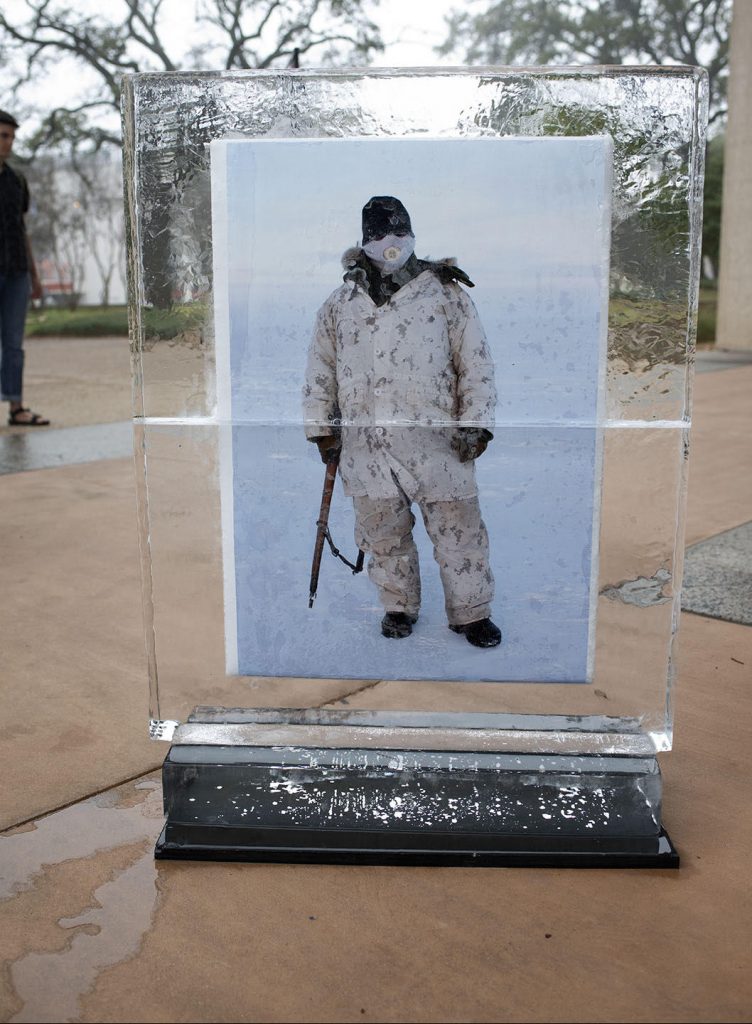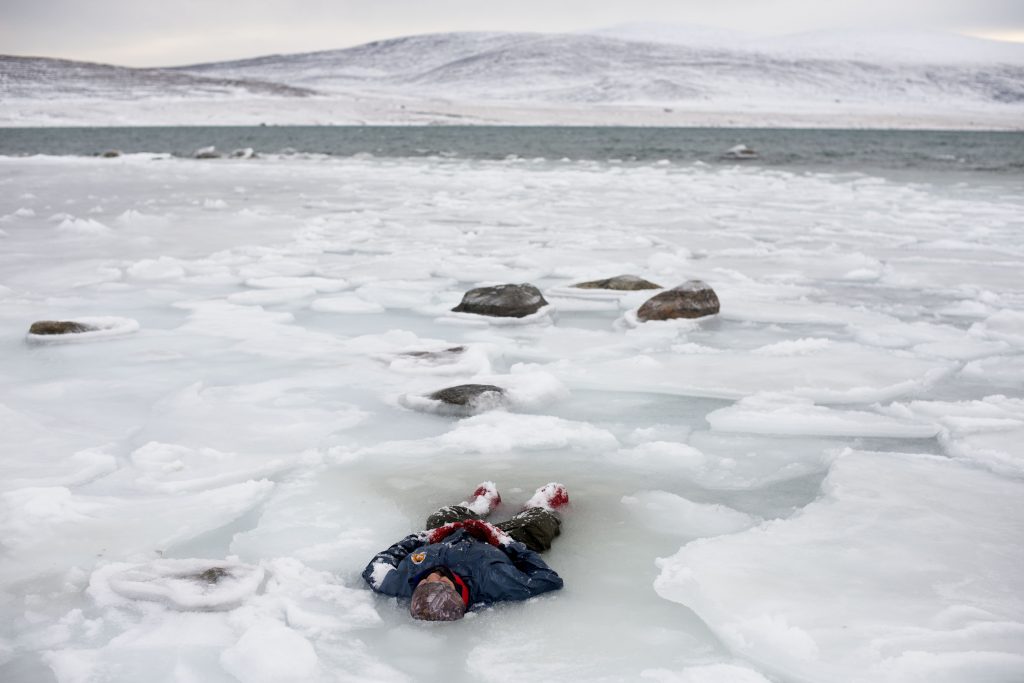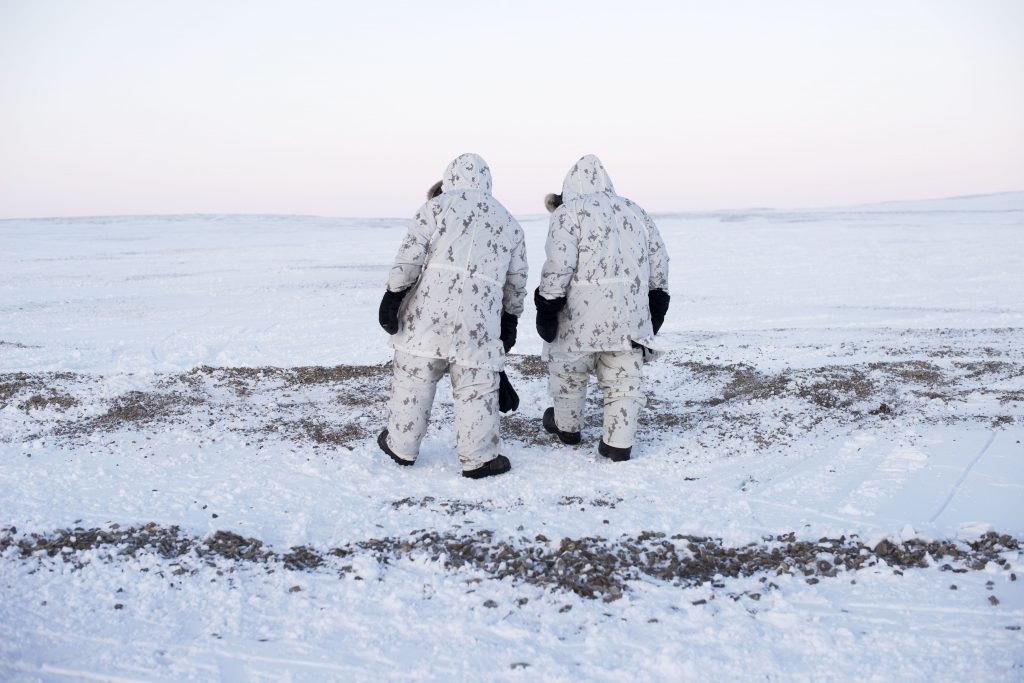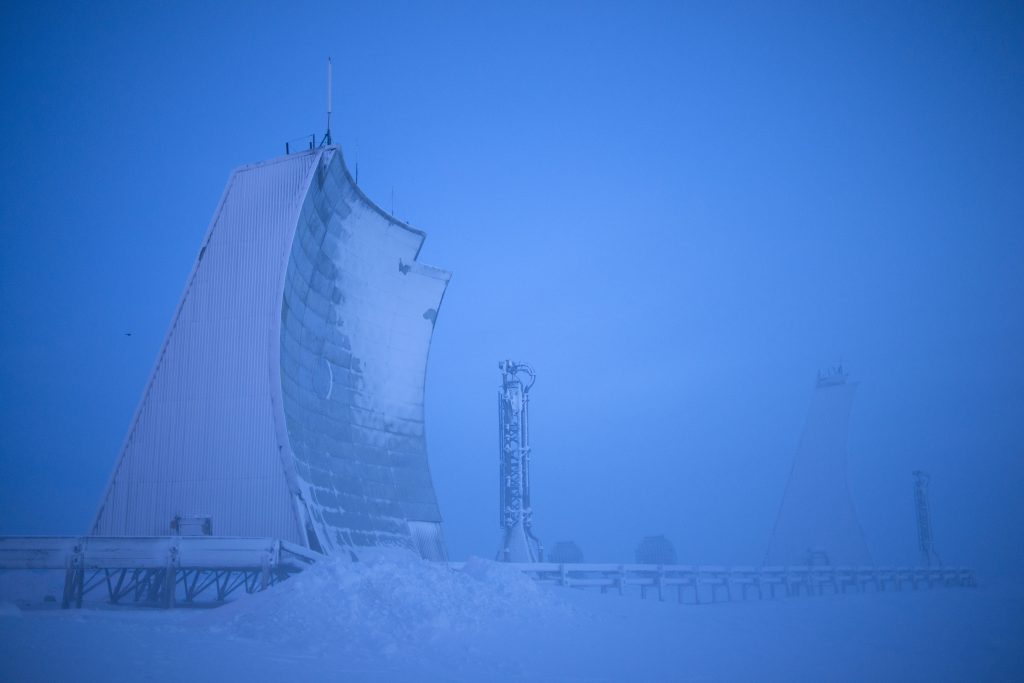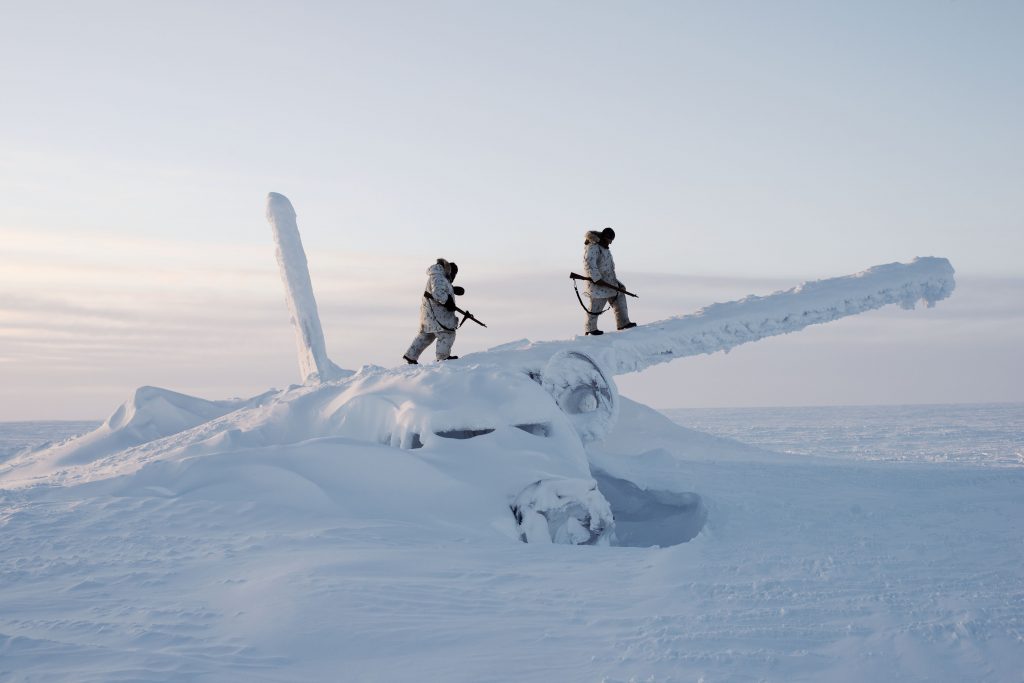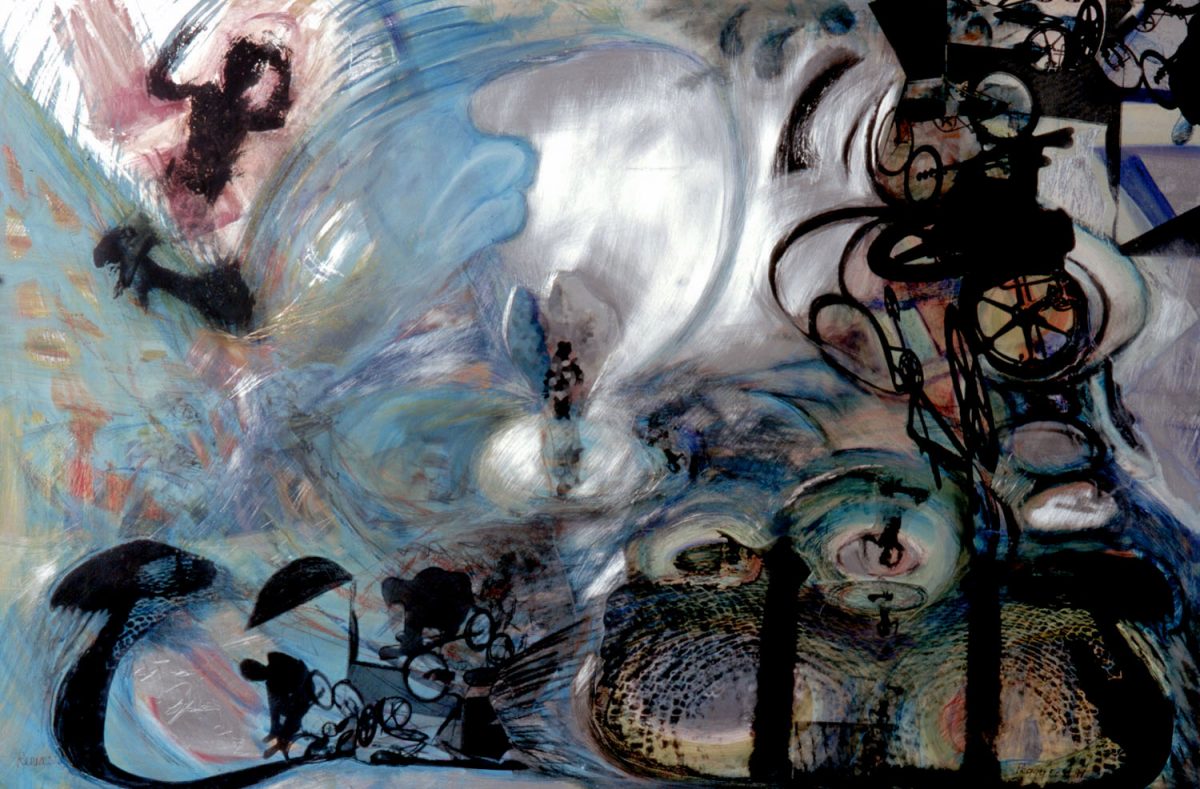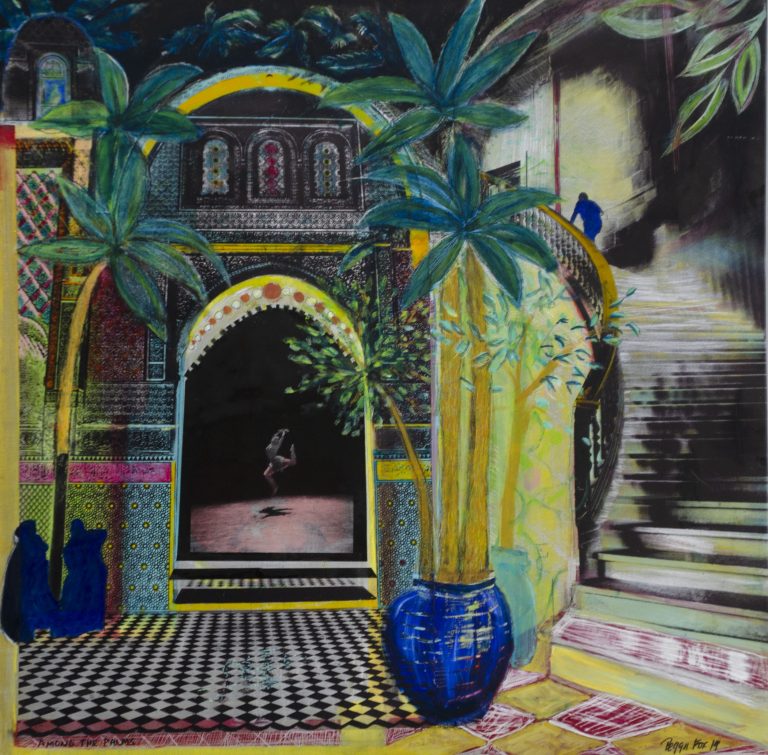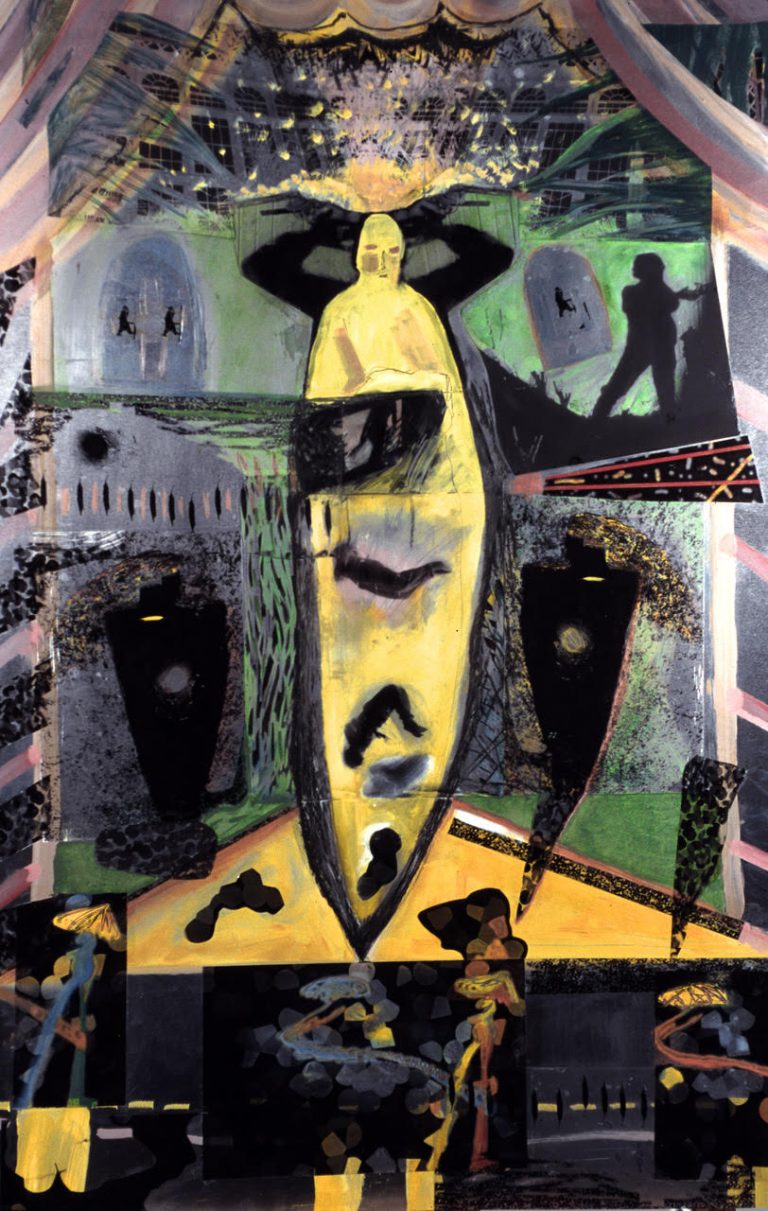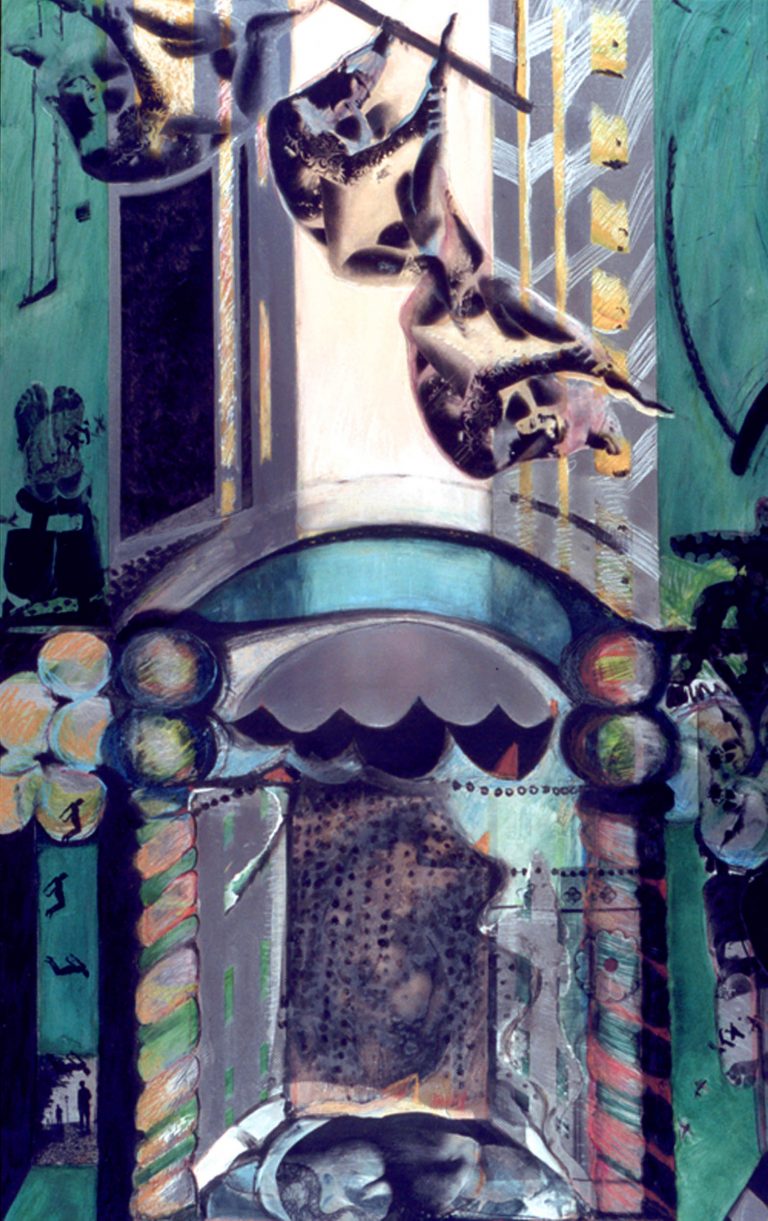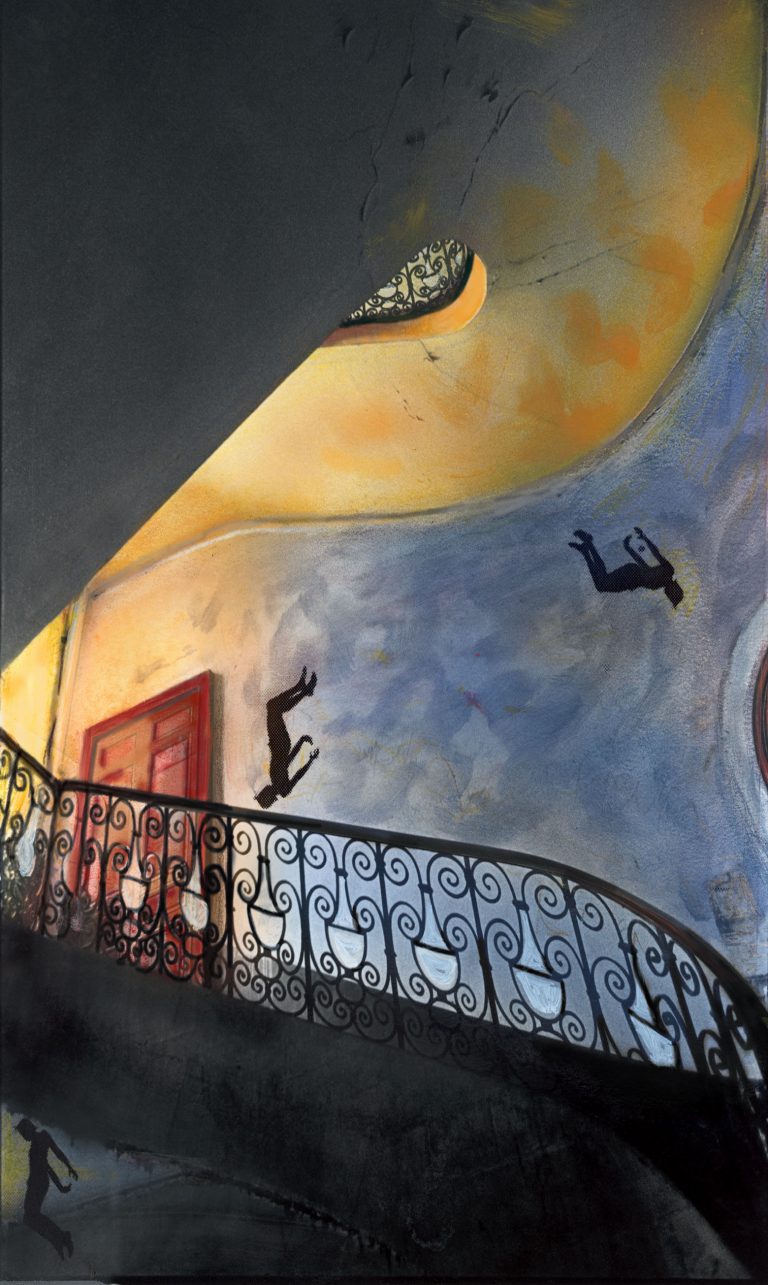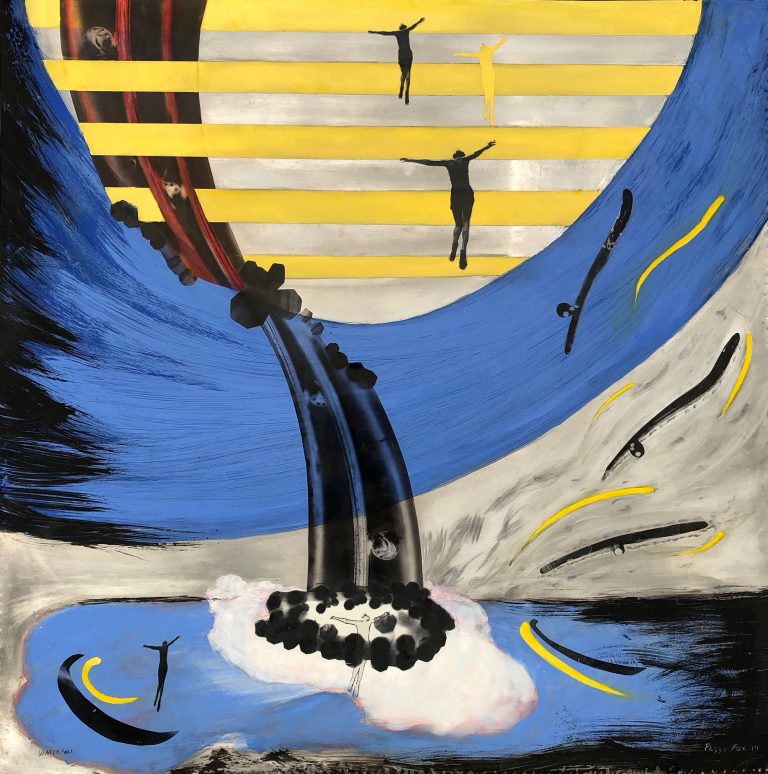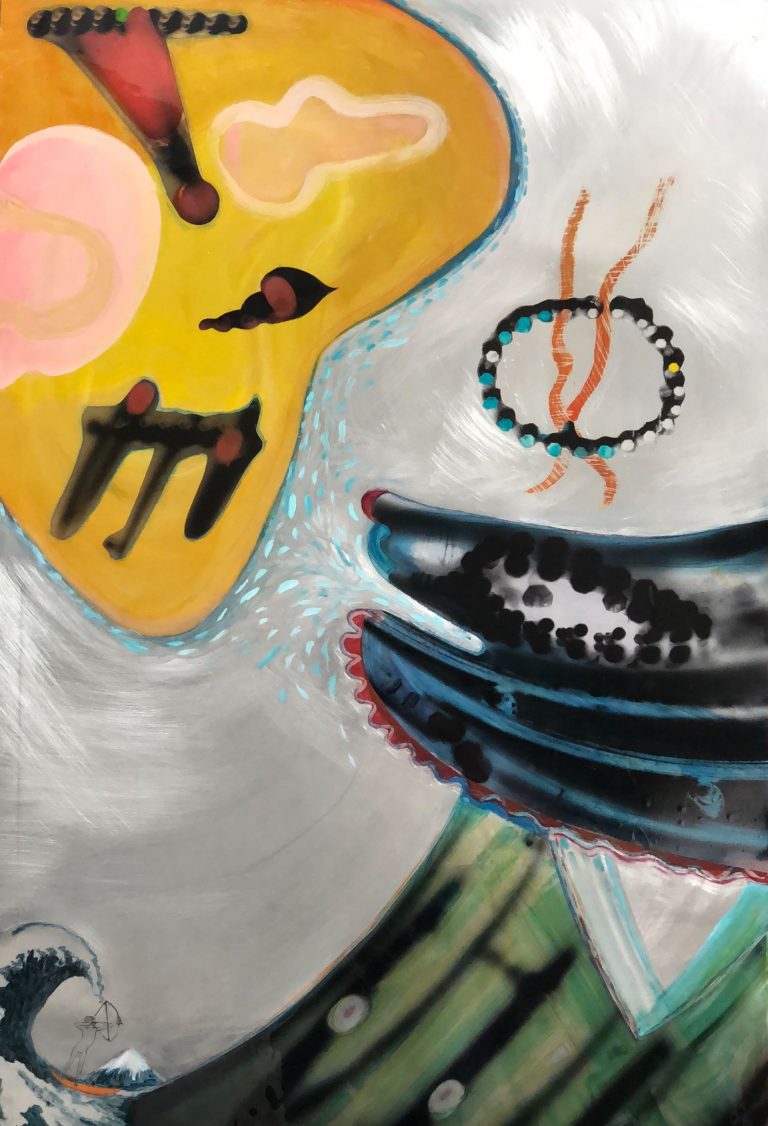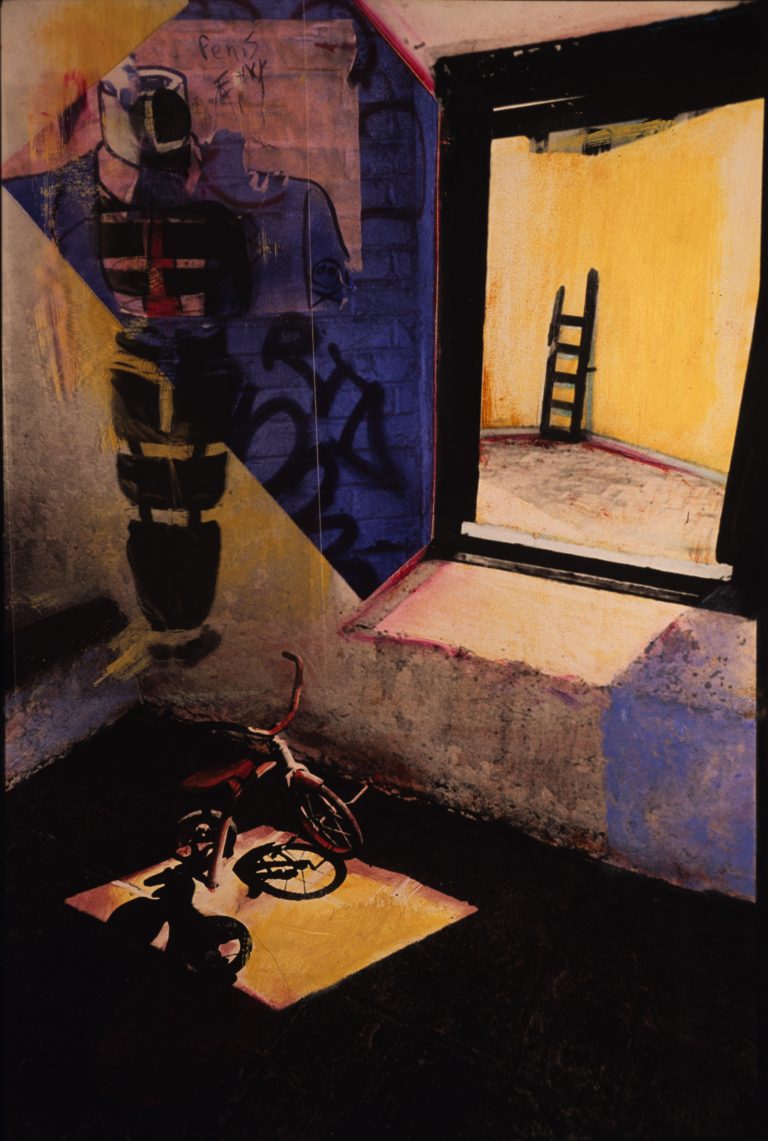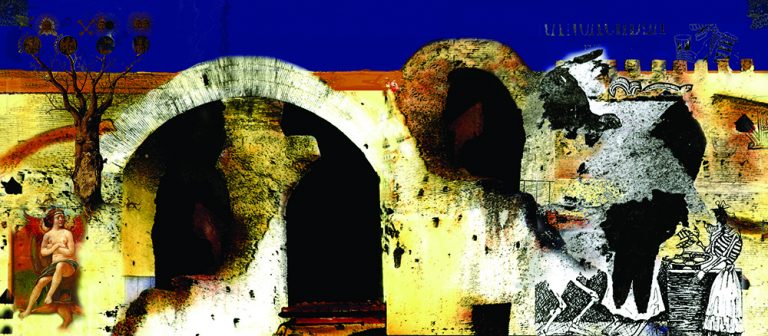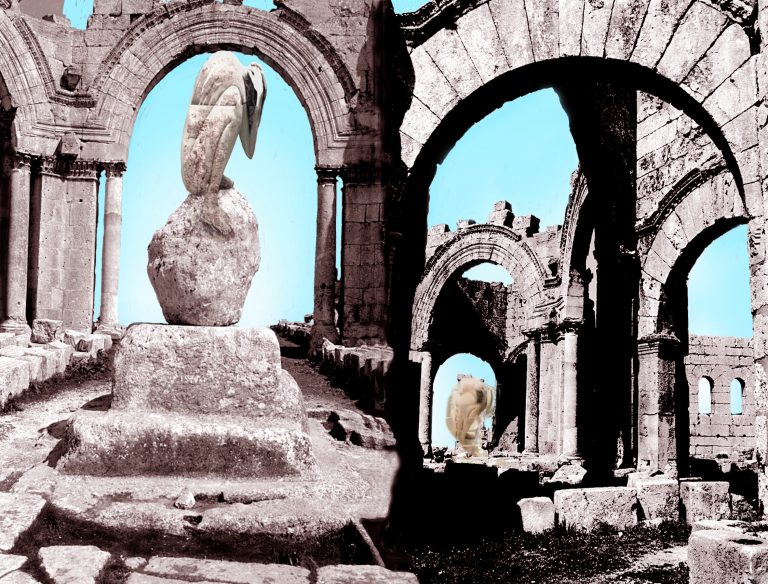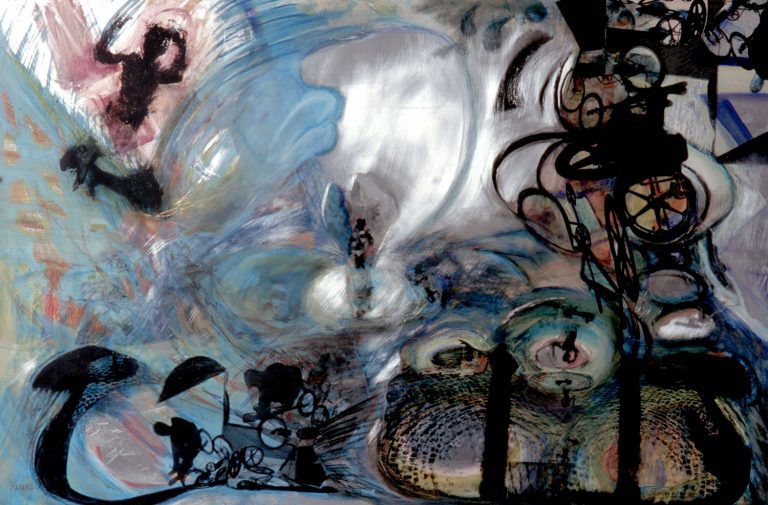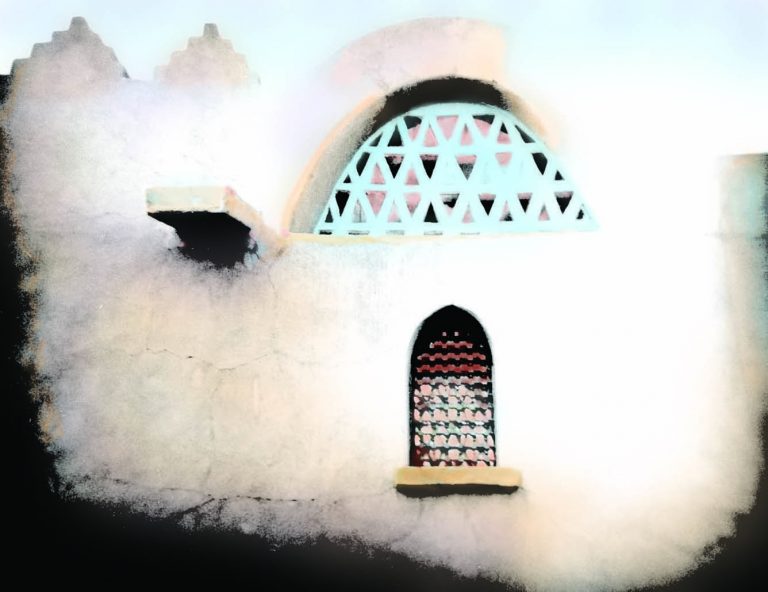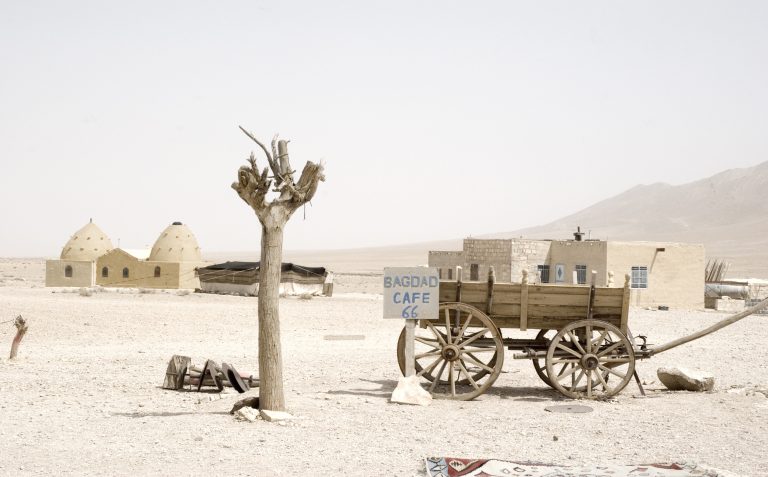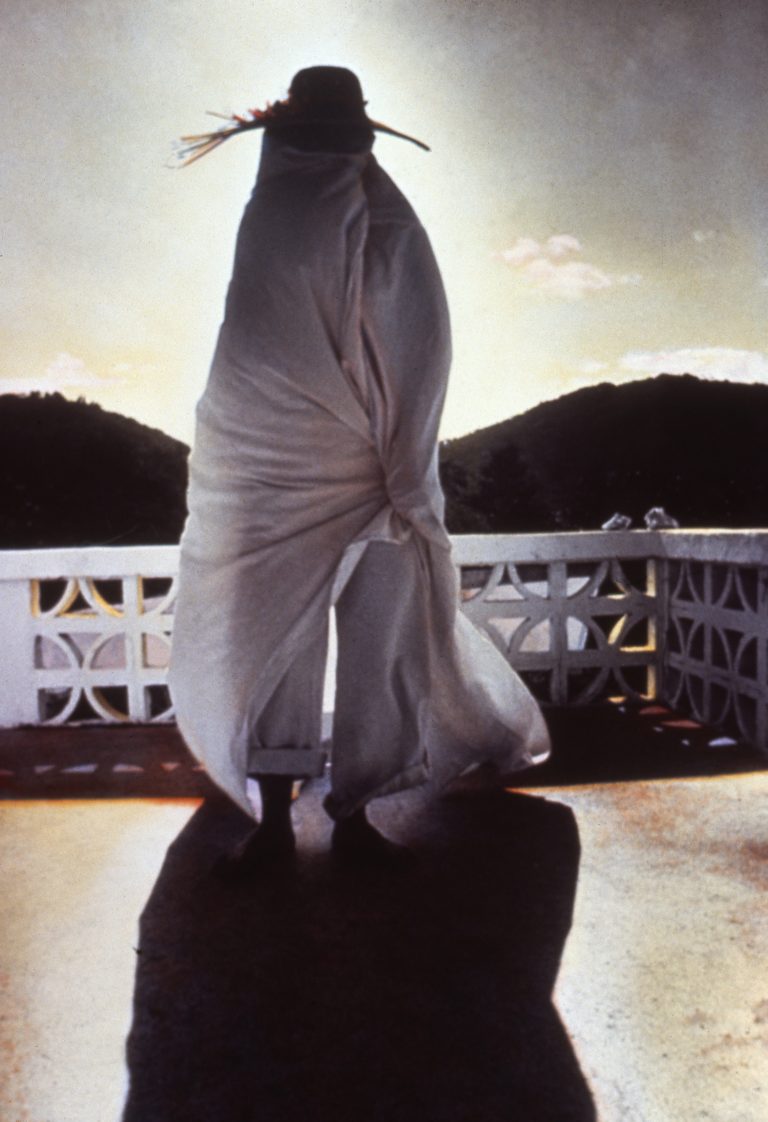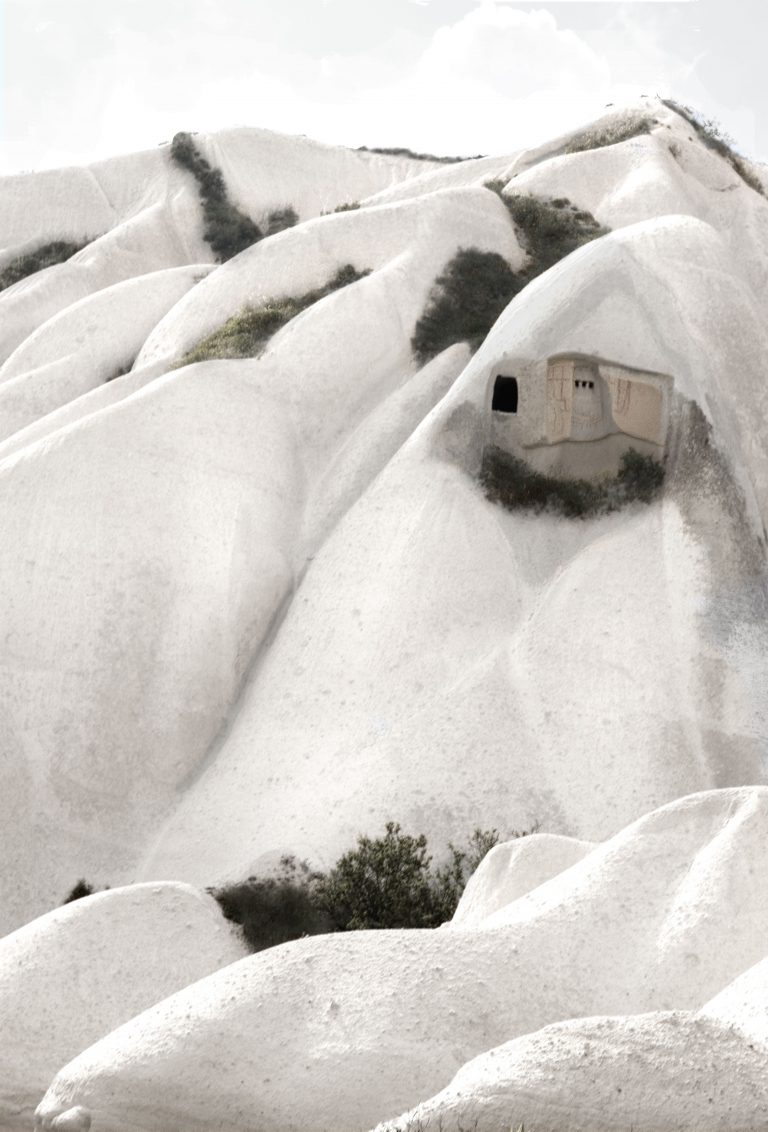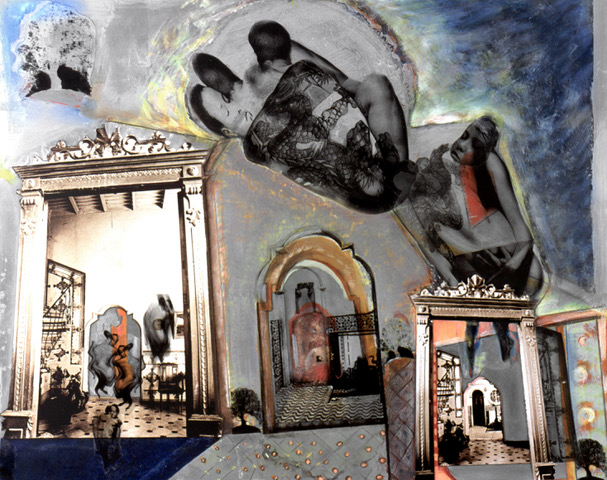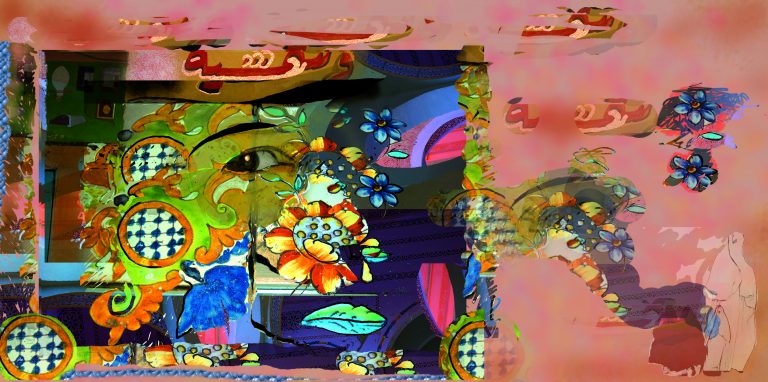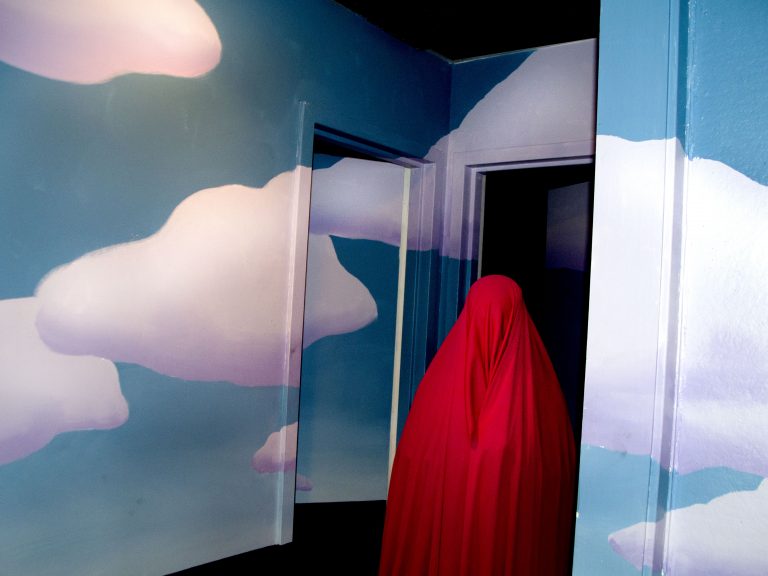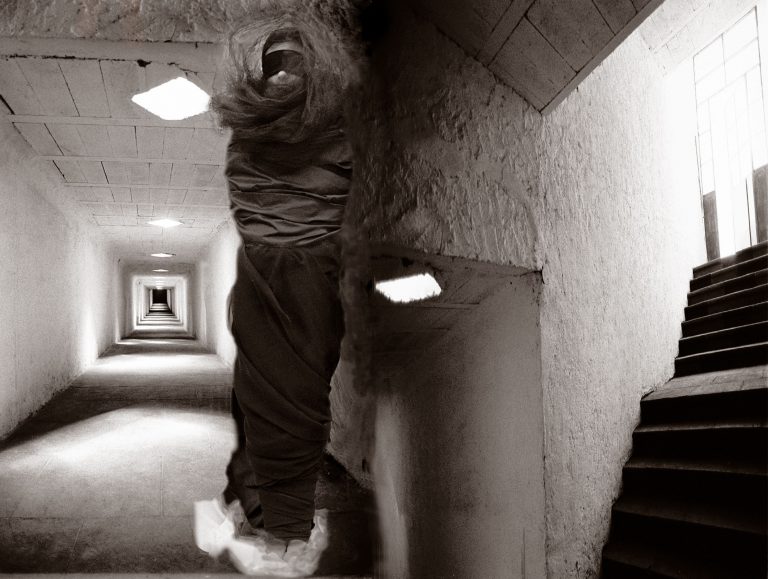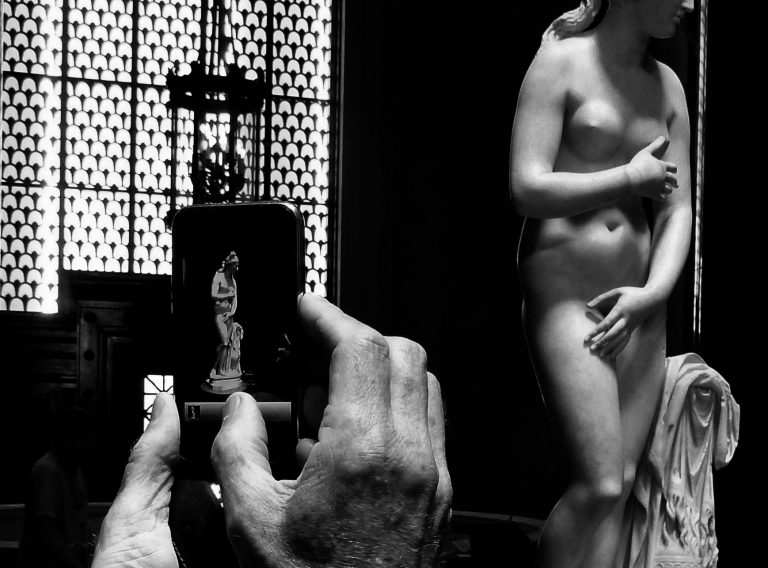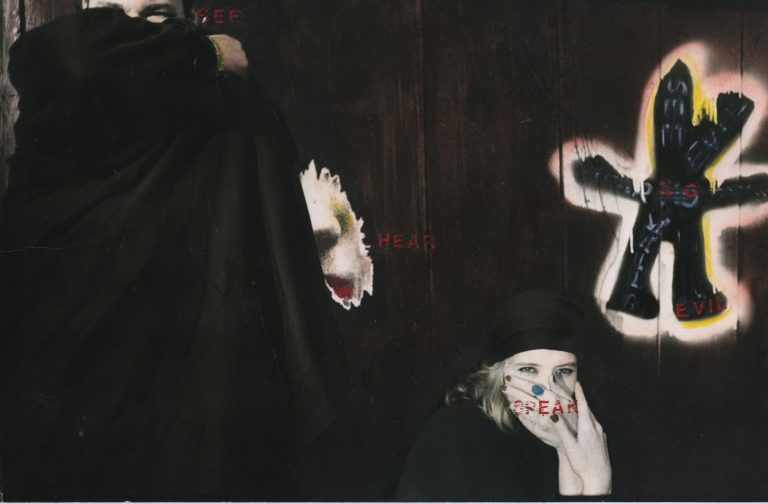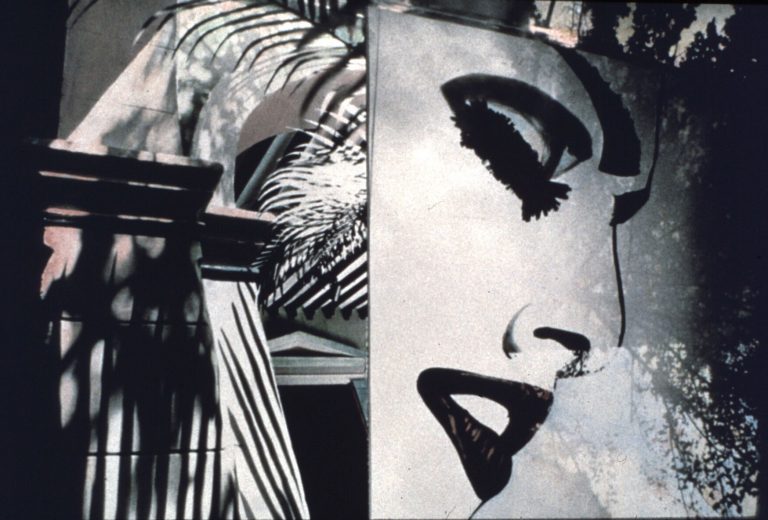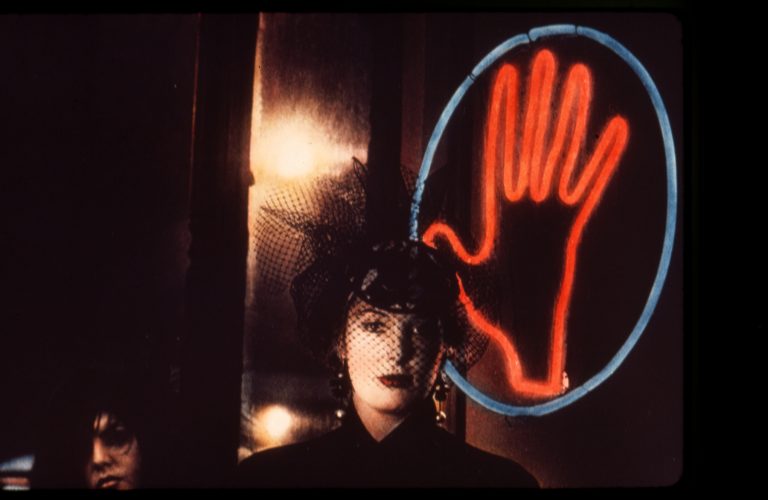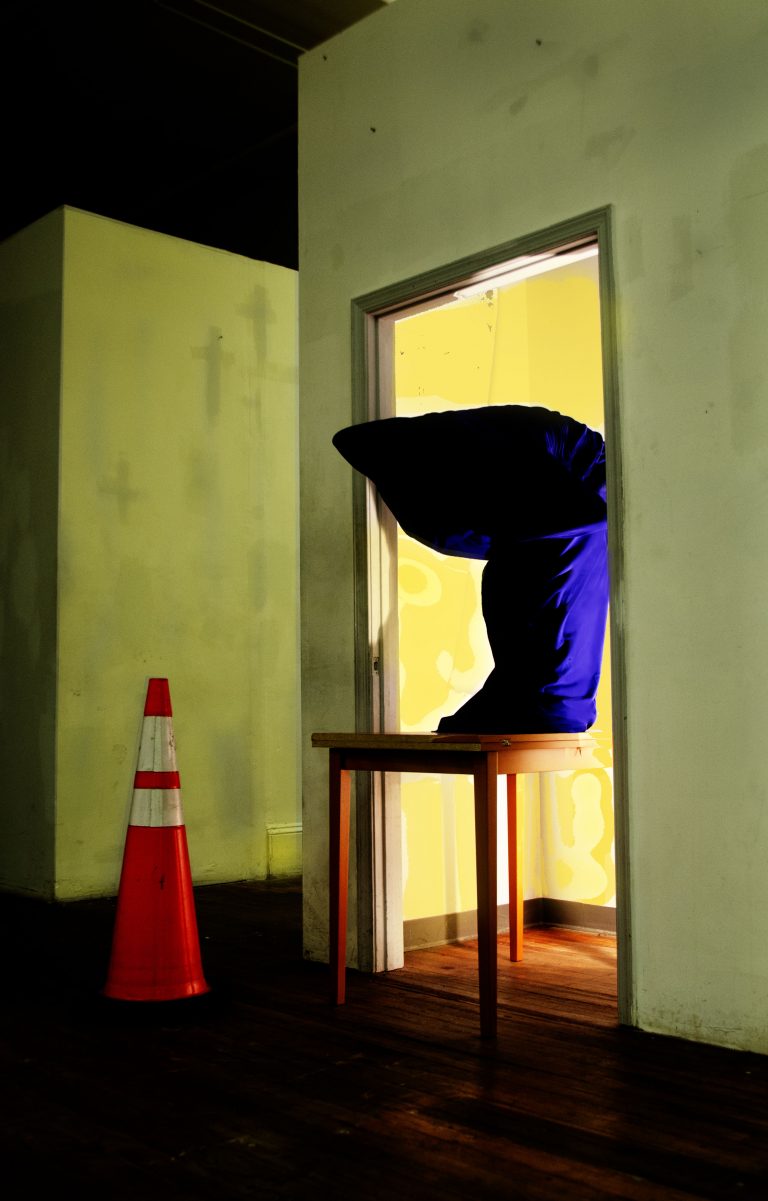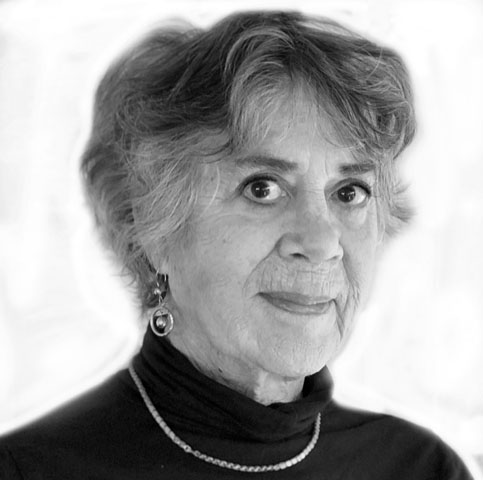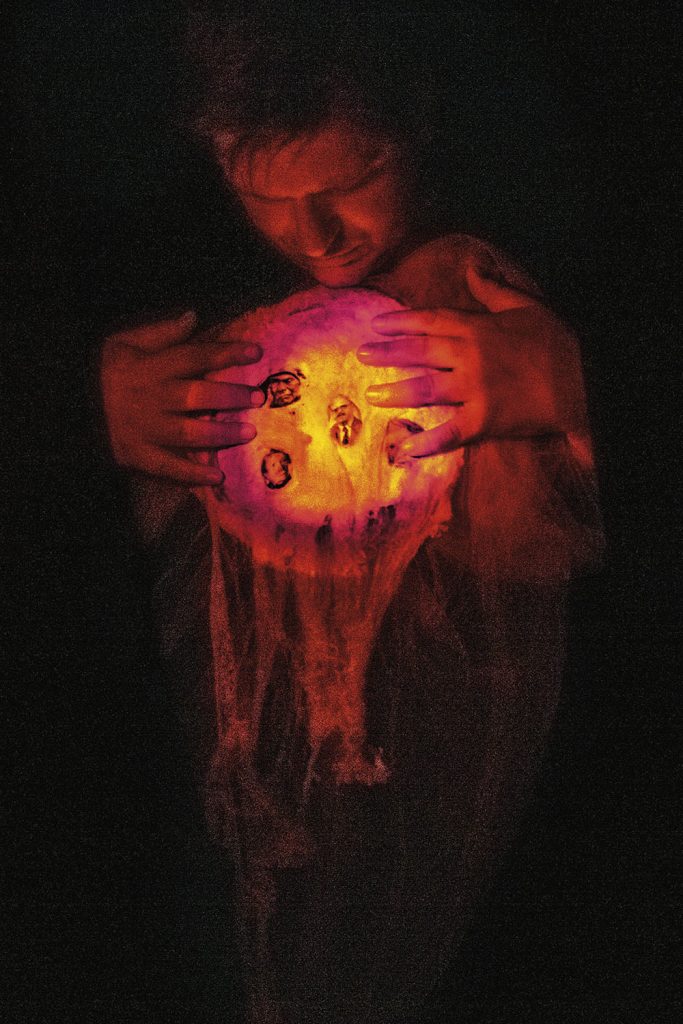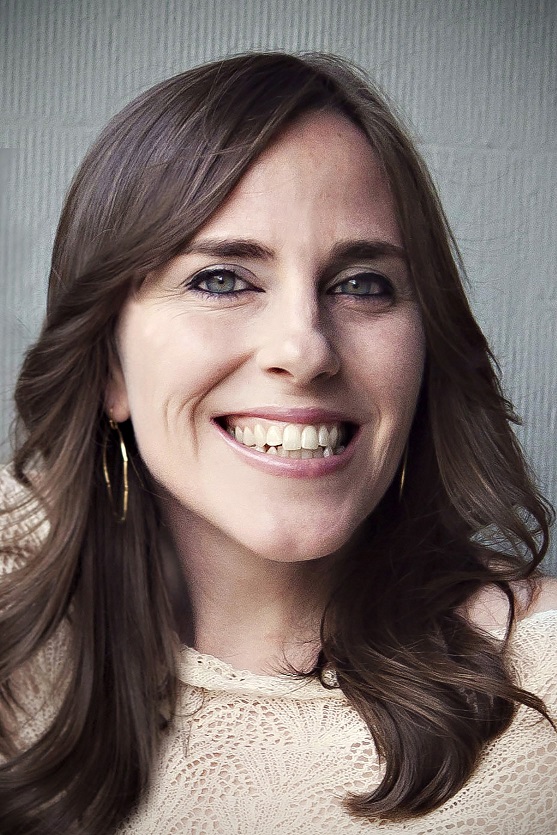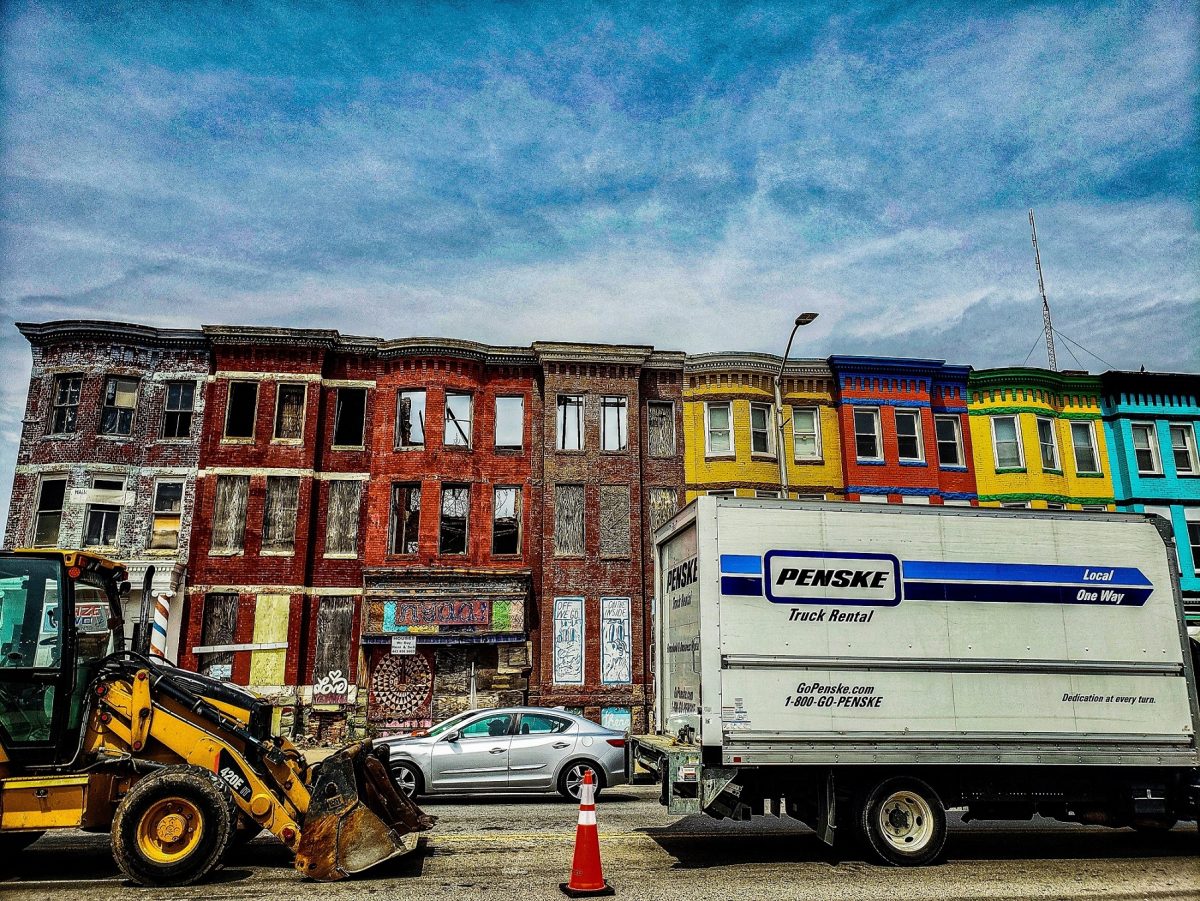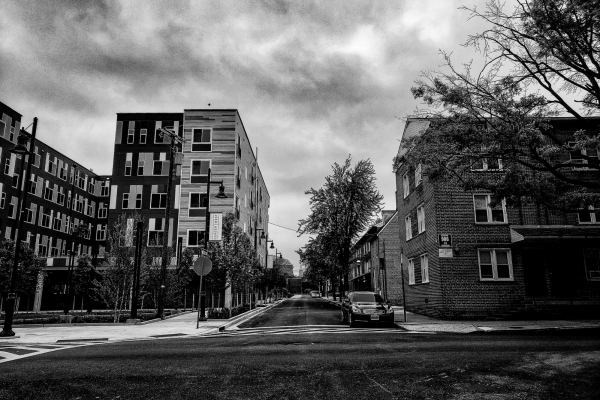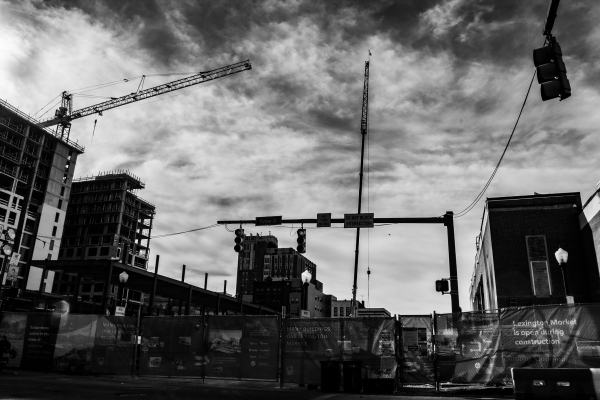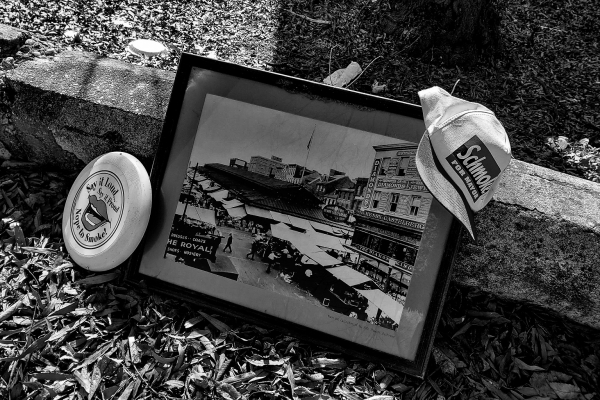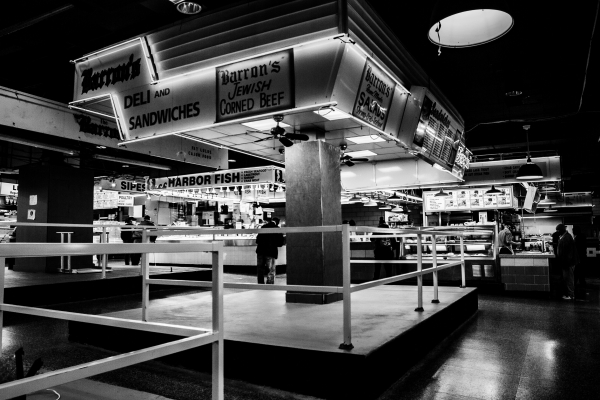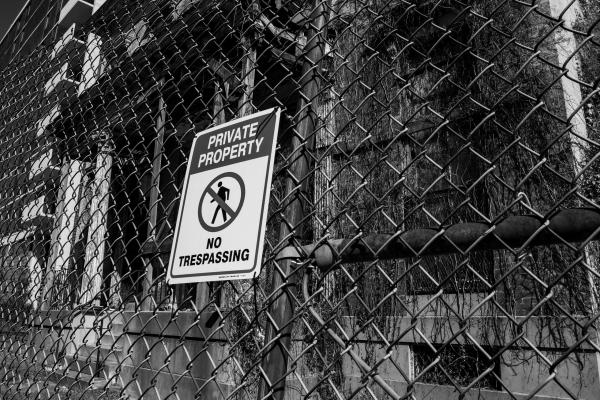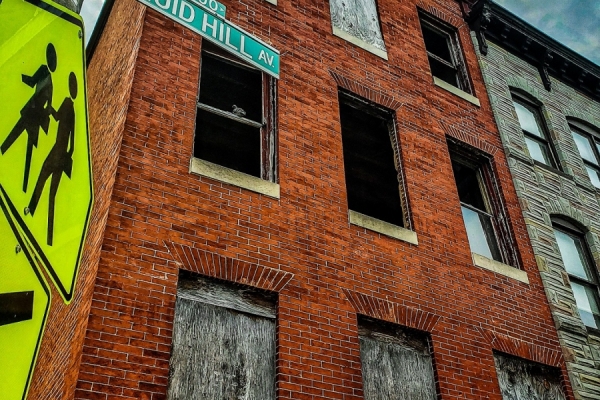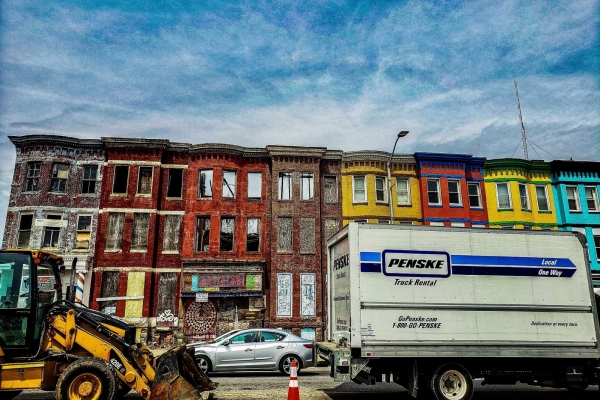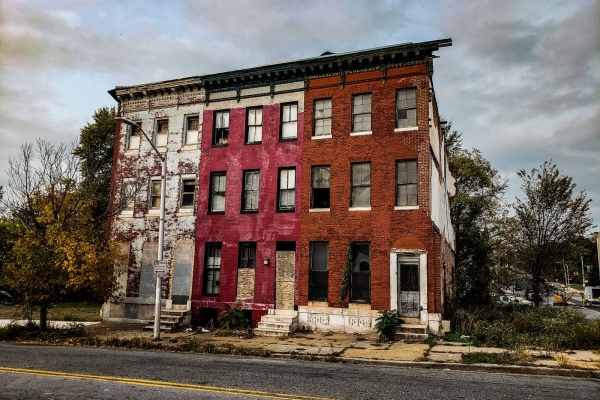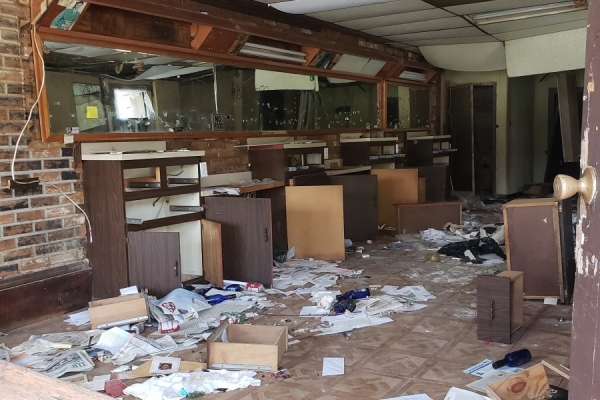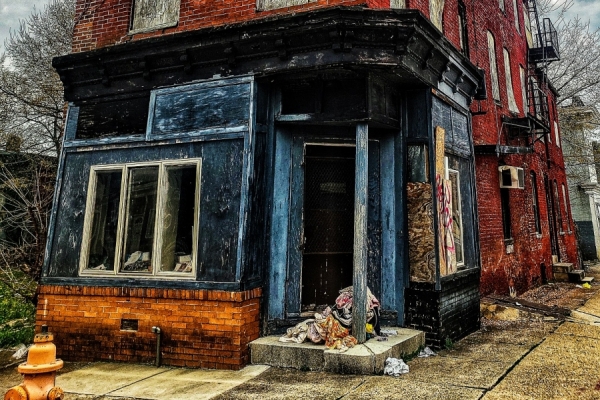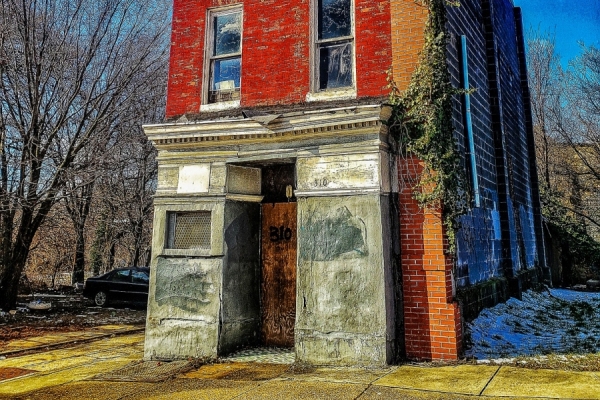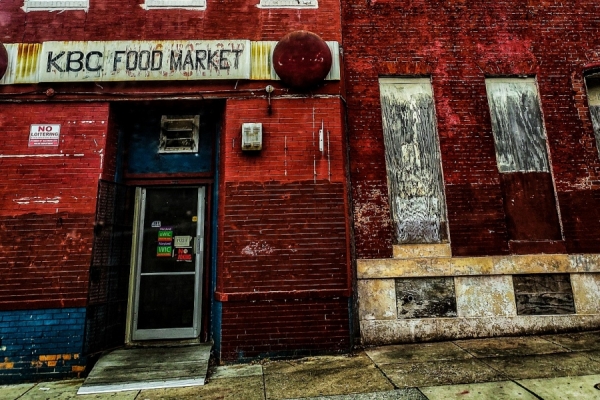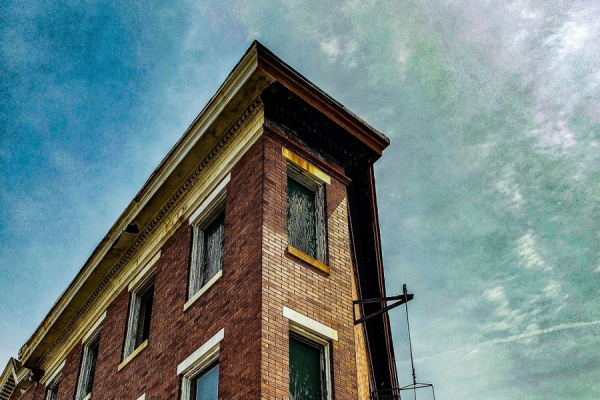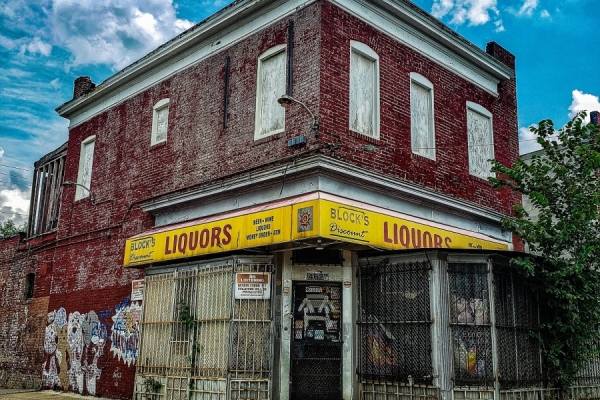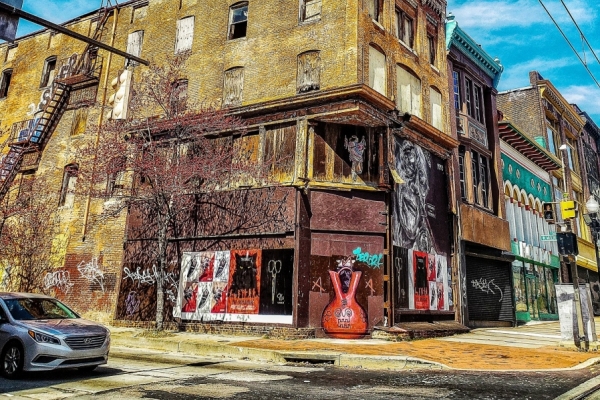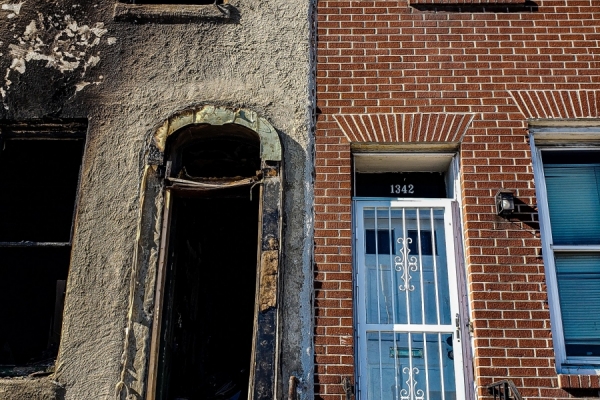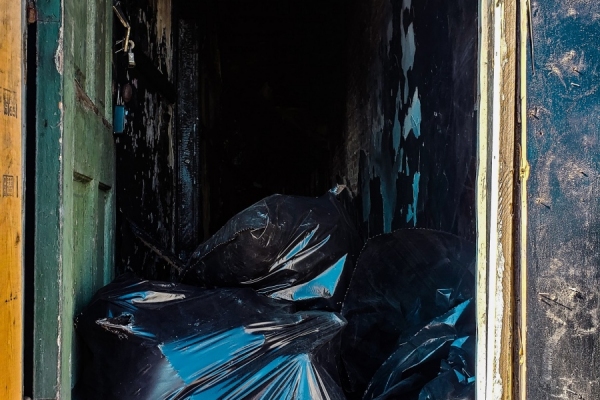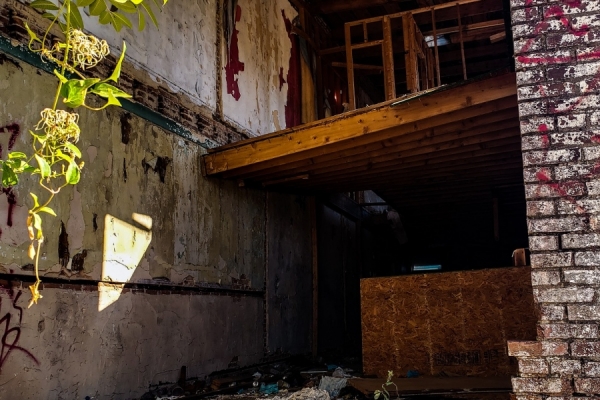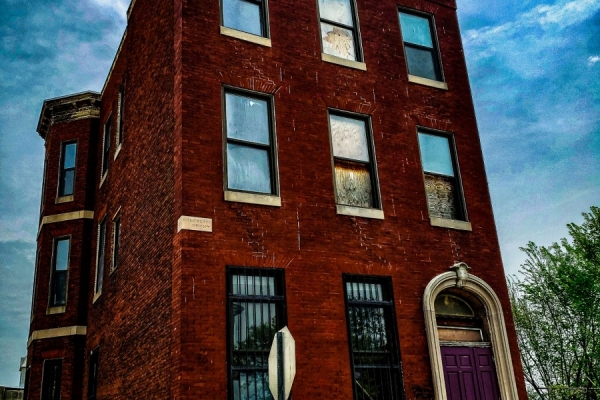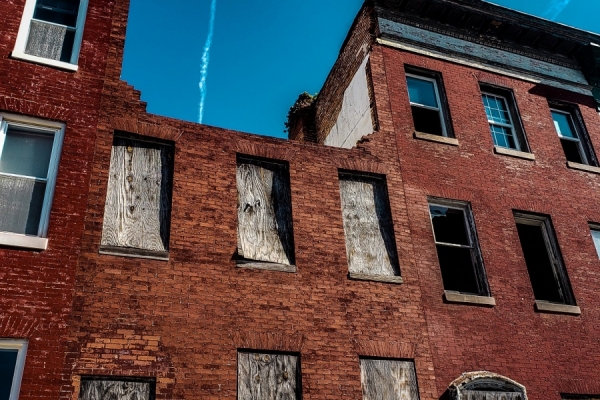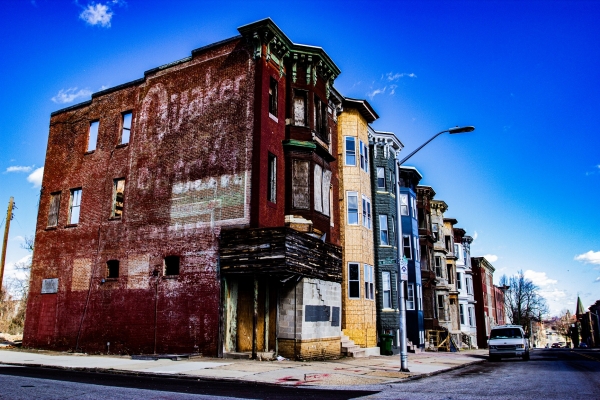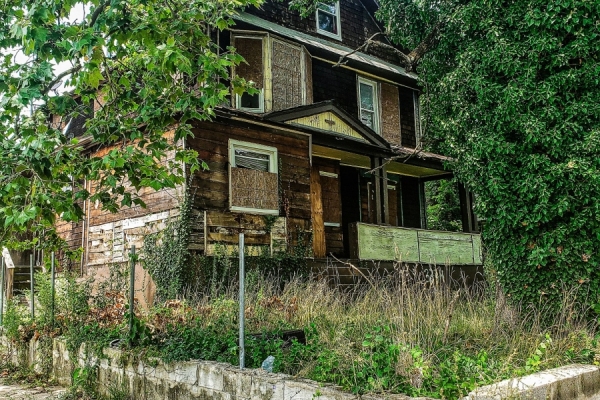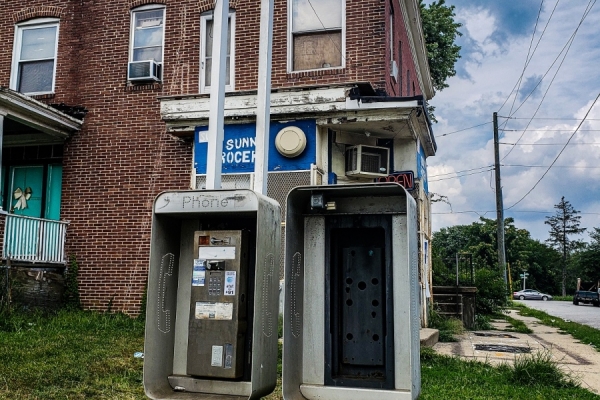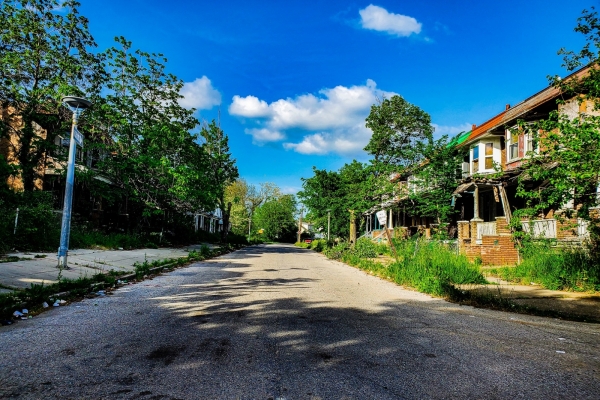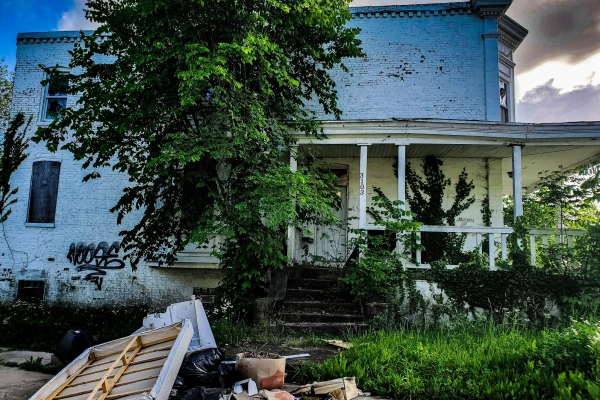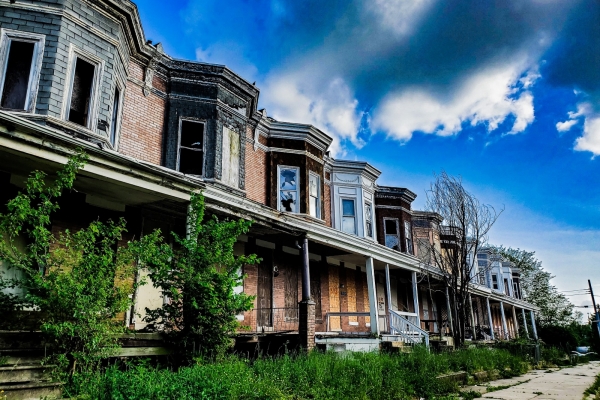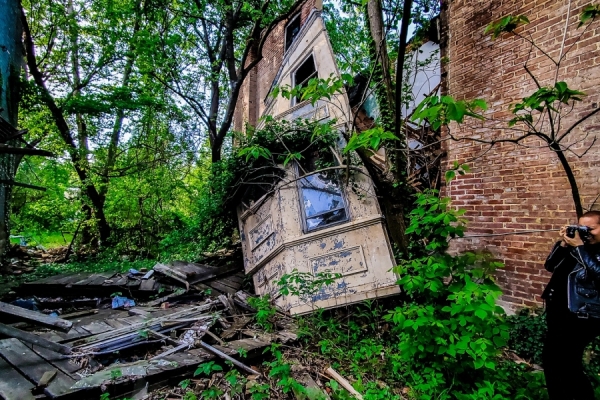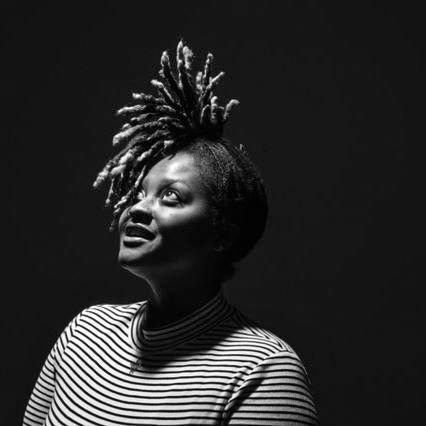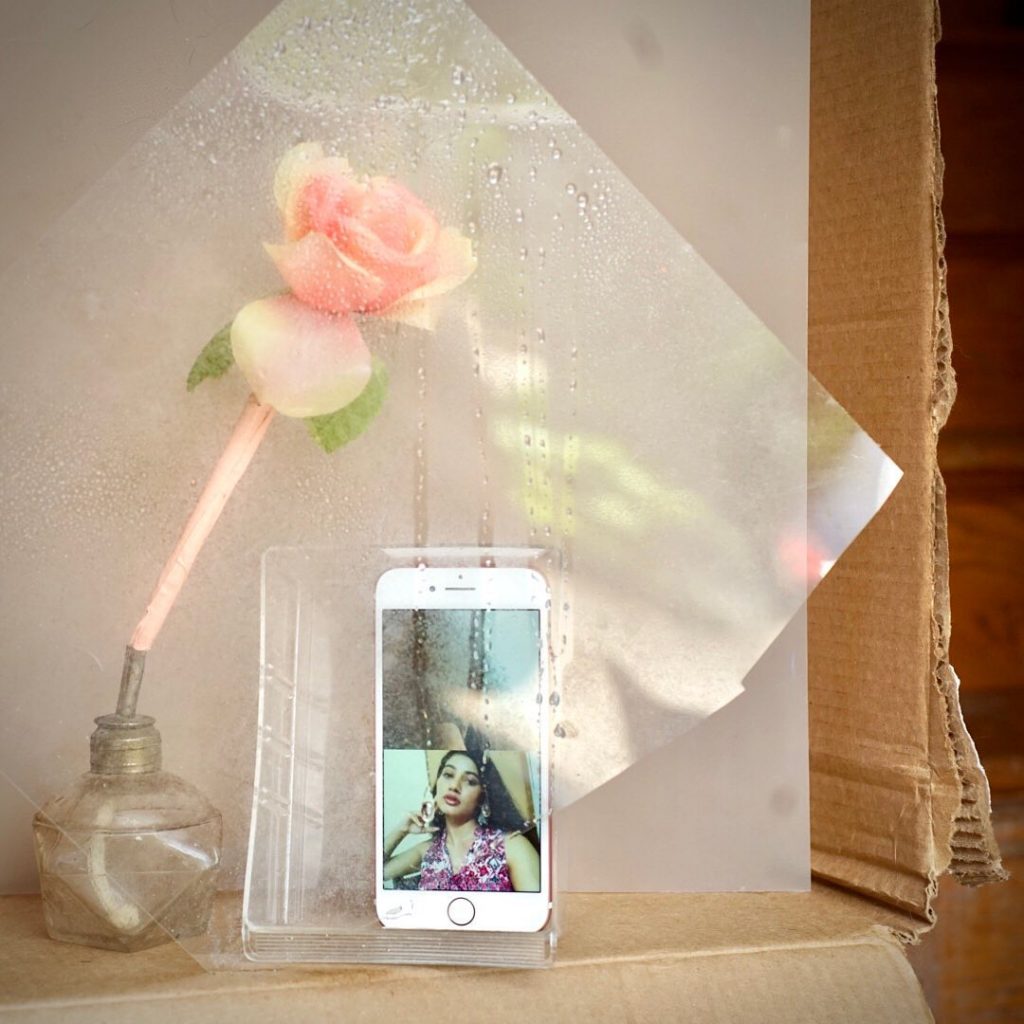January 29–May 24, 2024
In 2016, Anastasia Samoylova (American, b. Soviet Union, b. 1984) moved to Miami, Florida. As she familiarized herself with the city through photography, a larger story began to unfold. The resulting body of work, FloodZone, explores what it looks like to live in the southern United States at a time when rising sea levels and hurricanes threaten the most prized locations with storm surges and coastal erosion.
Samoylova’s lyrical photographs are deceptive, drawing us in with a seemingly documentary promise of a palm-treed paradise. Their alluring color palette—filled with lush greens, azure blues, and pastel pinks—gives way to minute details that reveal decaying infrastructure, encroaching flora, and displaced fauna.
Both seductive and eerie, Samoylova’s images show us what it is to live at the edge of a climate crisis, a space where palm trees topple over onto buildings, where the patina of constant moisture results in dank mold on a freeway overpass, where the sky fills with golden hues after the storm. Somewhere between the artifice and the sobering reality lies the melancholy of living with the constant burden of climate anxiety.
Header image: Anastasia Samoylova, Gator, 2017. From FloodZone © Anastasia Samoylova
The presentation of this exhibition is supported by an arts program grant from the Maryland State Arts Council, an agency funded by the State of Maryland and the National Endowment for the Arts. Additional support comes from the Libby Kuhn Endowment Fund, as well as individual contributors.
We wish to thank HistoryMiami Museum, the Chrysler Museum of Art, and the George Eastman Museum for their support of the production of prints and texts for this exhibition.
Public Programs
Anastasia Samoylova in conversation with Mark Alice Durant
Thursday, February 8, 12 pm (noon, EST), online via Webex
Anastasia Samoylova and Mark Alice Durant, professor of visual arts at UMBC and publisher of Saint Lucy Books, will discuss Samoylova’s FloodZone and the art of the photobook.
Climate Change, Science Communication, and the Arts: An Earth Day Panel Discussion featuring Anastasia Samoylova
Monday, April 22, 5 pm, Library Gallery
Reception to follow; free and open to the public
How do climate scientists share their research and data with the wider public in a way that non-specialists can understand? How might art contribute to this urgent work? This panel discussion will feature artist Anastasia Samoylova in conversation with scientists and media historians specializing in science communication.
The panel is moderated by Sarah L. Hansen (M.S. ’15), STEM Communications Manager at UMBC, and features panelists Lavar Thomas of the Environmental Protection Agency, Tracy Tinga, Assistant Professor in the Media & Communication Studies Department, and Autumn Powell, graduate student in Geography and Environmental Systems.
This event is part of an Earth Month programming series organized in coordination with the Office of Sustainability.
Anastasia Samoylova (b. 1984) is a Russian-born American artist who moves between observational photography and studio practice.
Her work explores notions of environmentalism, consumerism and the picturesque. Recent exhibition venues include The Metropolitan Museum of Art, C/O Berlin, Fundación MAPFRE, George Eastman Museum, Chrysler Museum of Art, The Photographers’ Gallery, London, and Kunst Haus Wien. In 2022 Samoylova was shortlisted for the Deutsche Börse Photography Foundation Prize. Her work is in the collections of the Perez Art Museum, Miami; High Museum of Art, Atlanta; and Museum of Contemporary Photography, Chicago. Published monographs include FloodZone 2019, Floridas 2022, and Image Cities 2023.

